Medical & Health Sciences
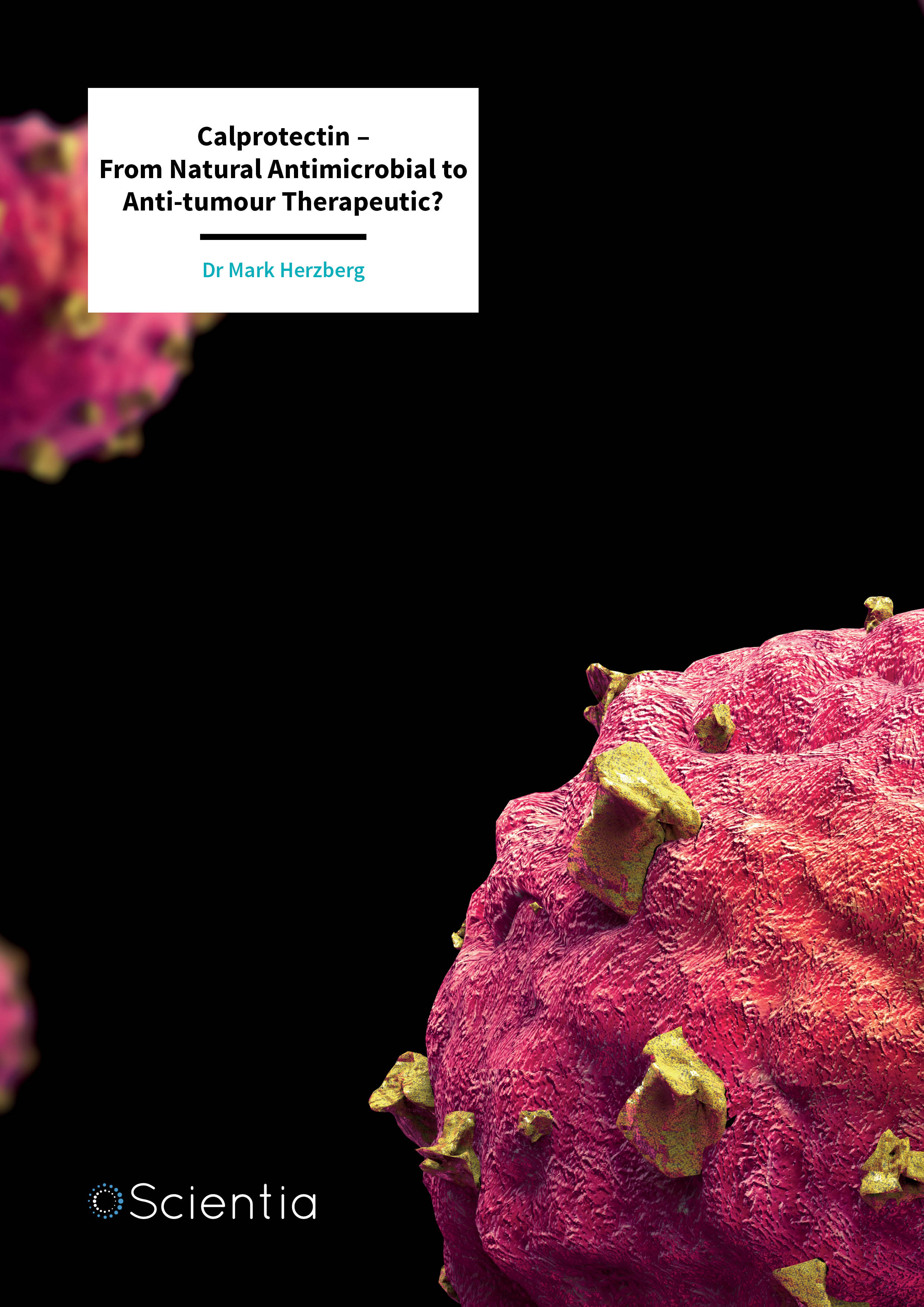
Dr Mark Herzberg – Calprotectin – From Natural Antimicrobial to Anti-tumour Therapeutic?
Calgranulins are relatively small proteins, usually around 100 amino acids long. Calprotectin is a complex of two of these small proteins, S100A8 and S100A9, getting its name from its protective, antimicrobial properties. Dr Mark Herzberg at the University of Minnesota, USA, has extensively researched the antimicrobial action of this protein complex, and this knowledge is now leading serendipitously to the development of potential therapeutic agents for certain types of human cancer.
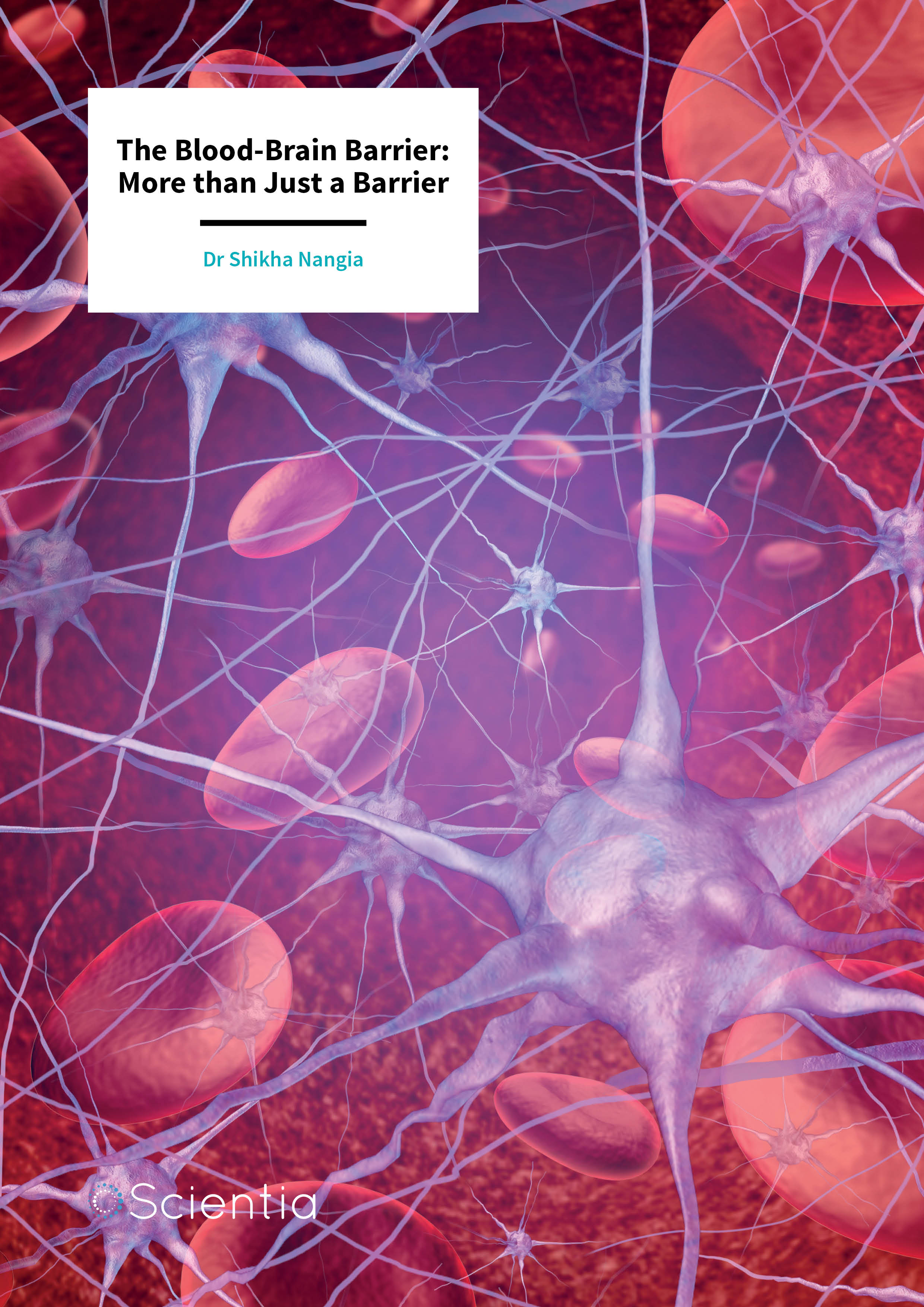
Dr Shikha Nangia – The Blood-Brain Barrier: More than Just a Barrier
Neurodegenerative disorders present a major cause of death and disability worldwide. Treatments are typically expensive, non-efficient, and invasive. Although scientists are committed to finding better treatment strategies, the challenge of penetrating the blood-brain barrier remains. This highly selective envelope protects our brain from harmful substances but also prevents drugs from reaching the brain when needed. Dr Shikha Nangia at Syracuse University, USA, focuses on understanding the molecular structure of this complex interface to ultimately facilitate the transport of drugs across the blood-brain barrier.

Dr Juliana Bowles – Computing Conflict-free Treatments for Multiple Chronic Illnesses
Modern treatments for patients with more than one chronic condition can be highly precarious, and in many cases, simultaneous treatments for different illnesses can be detrimental to each other and ultimately, the patient. Dr Juliana Bowles at the University of St Andrews believes that this pressing issue can be solved with the help of advanced computational techniques. Her team has explored the ability of such techniques to calculate reliable outcomes within models of complex systems. Their work promises to significantly enhance the ways in which treatments for chronic conditions could be delivered – improving safety and quality of life for patients.
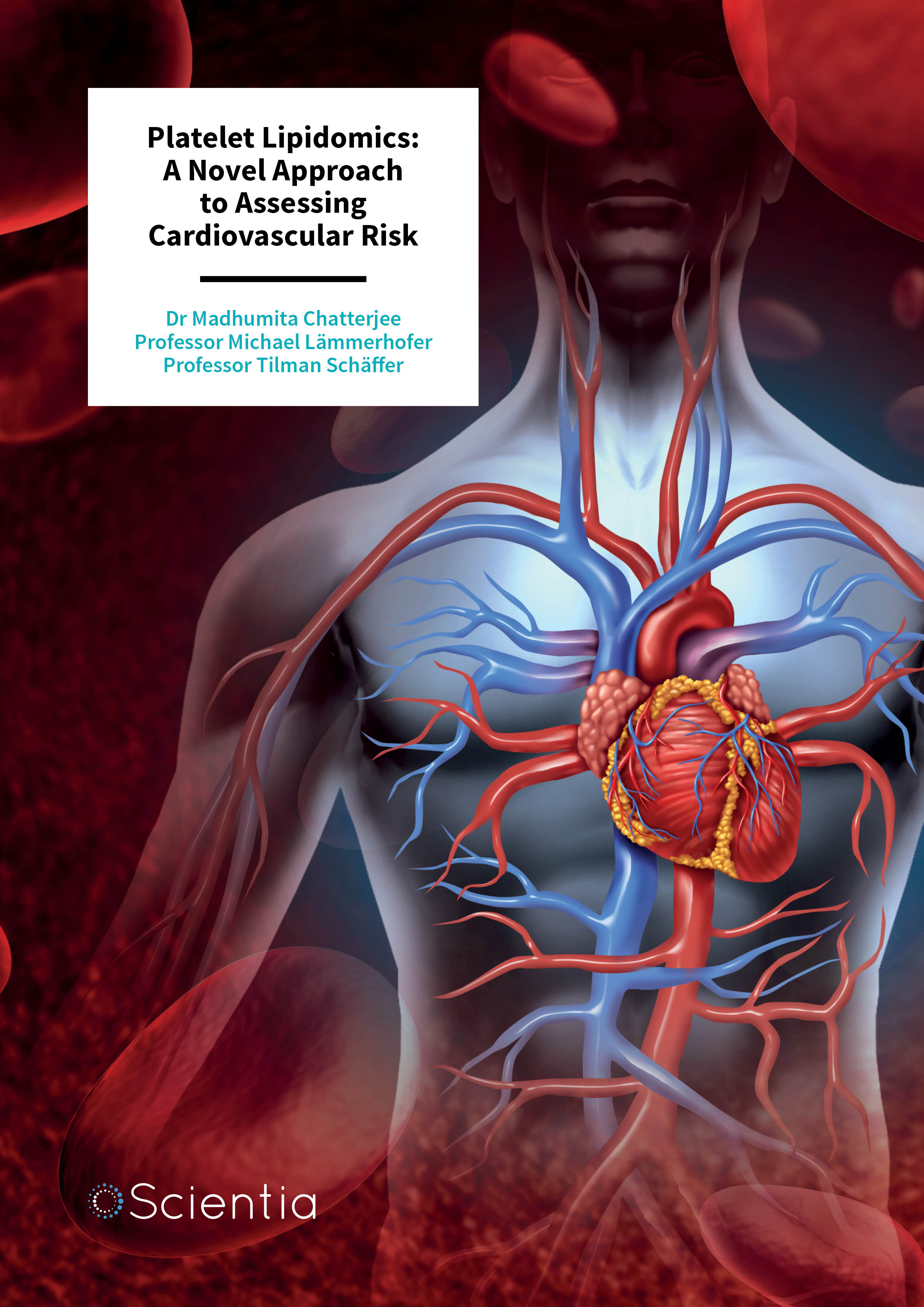
Dr Madhumita Chatterjee | Professor Michael Lämmerhofer | Professor Tilman Schäffer – Platelet Lipidomics: A Novel Approach to Assessing Cardiovascular Risk
Cardiovascular disease (CVD) is the world’s leading cause of preventable death. A multidisciplinary team of researchers, Dr Madhumita Chatterjee (University Hospital Tübingen), Professor Michael Lämmerhofer and Professor Tilman Schäffer (both engaged with the University of Tübingen) are investigating the previously unrecognised molecular mechanisms that direct the function of tiny blood cells known as platelets in the formation of blood clots or thrombi, a condition that contributes to thrombosis and atherosclerosis. Their work is leading to the development of a new diagnostic tool to determine the risk of thrombosis in patients with CVD and also suggest potential therapeutic strategies to prevent such complications.
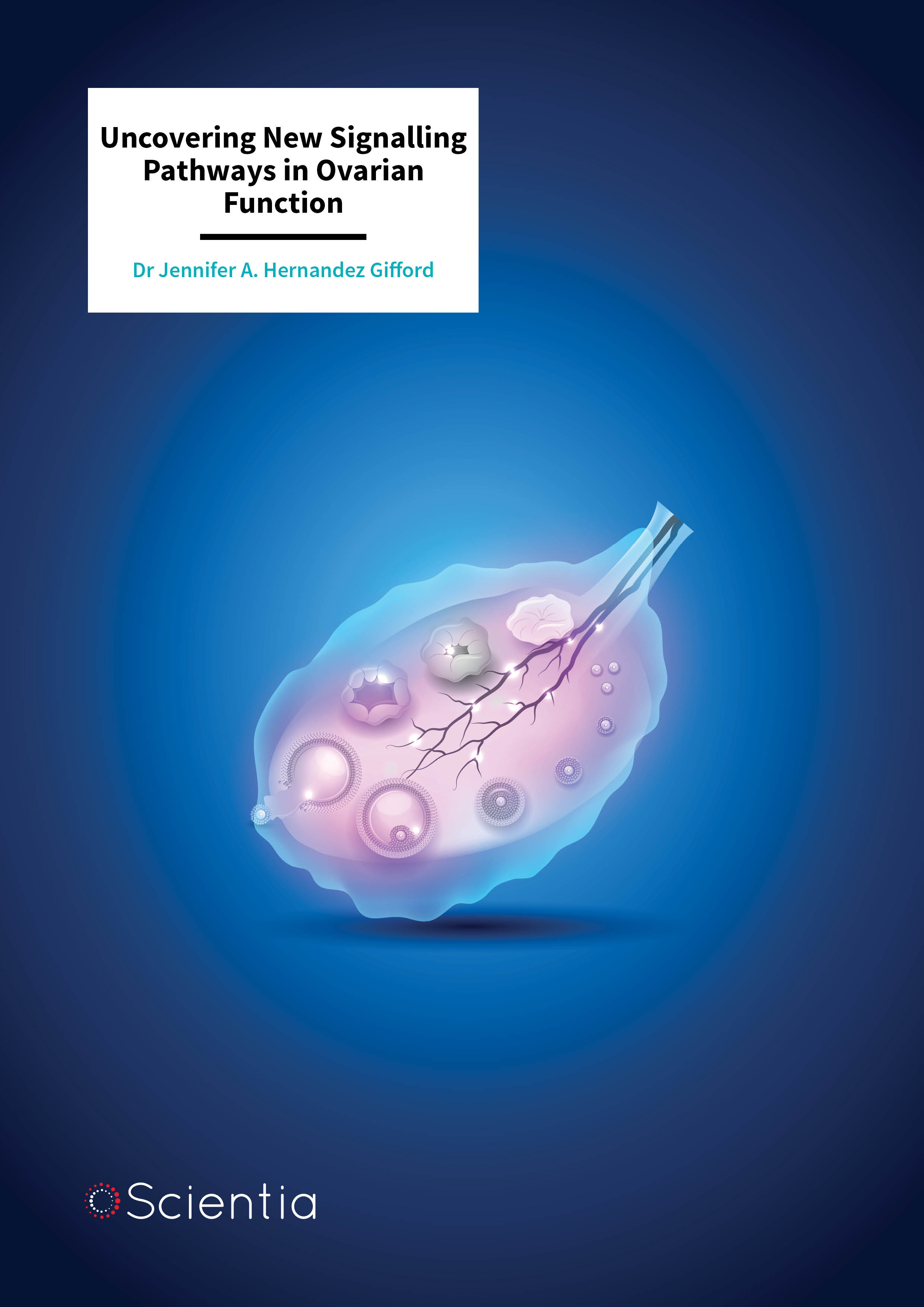
Dr Jennifer Hernandez Gifford – Uncovering New Signalling Pathways in Ovarian Function
Plant pathogens transmitted by insect vectors can have devastating consequences for farmers across the globe. Huanglongbing disease of citrus trees and zebra chip disease of potatoes are both caused by bacteria transmitted by specific psyllid insect species, and have the potential to destroy entire crops, causing enormous economic losses. Conventional control methods rely on pesticides, but these can have adverse effects on the environment. In addition, resistance to these chemicals is on the rise in many pest species. Dr Bryce Falk and his plant pathology team at the University of California, Davis aim to solve this problem by developing highly targeted psyllid control methods using virus-based gene technologies.
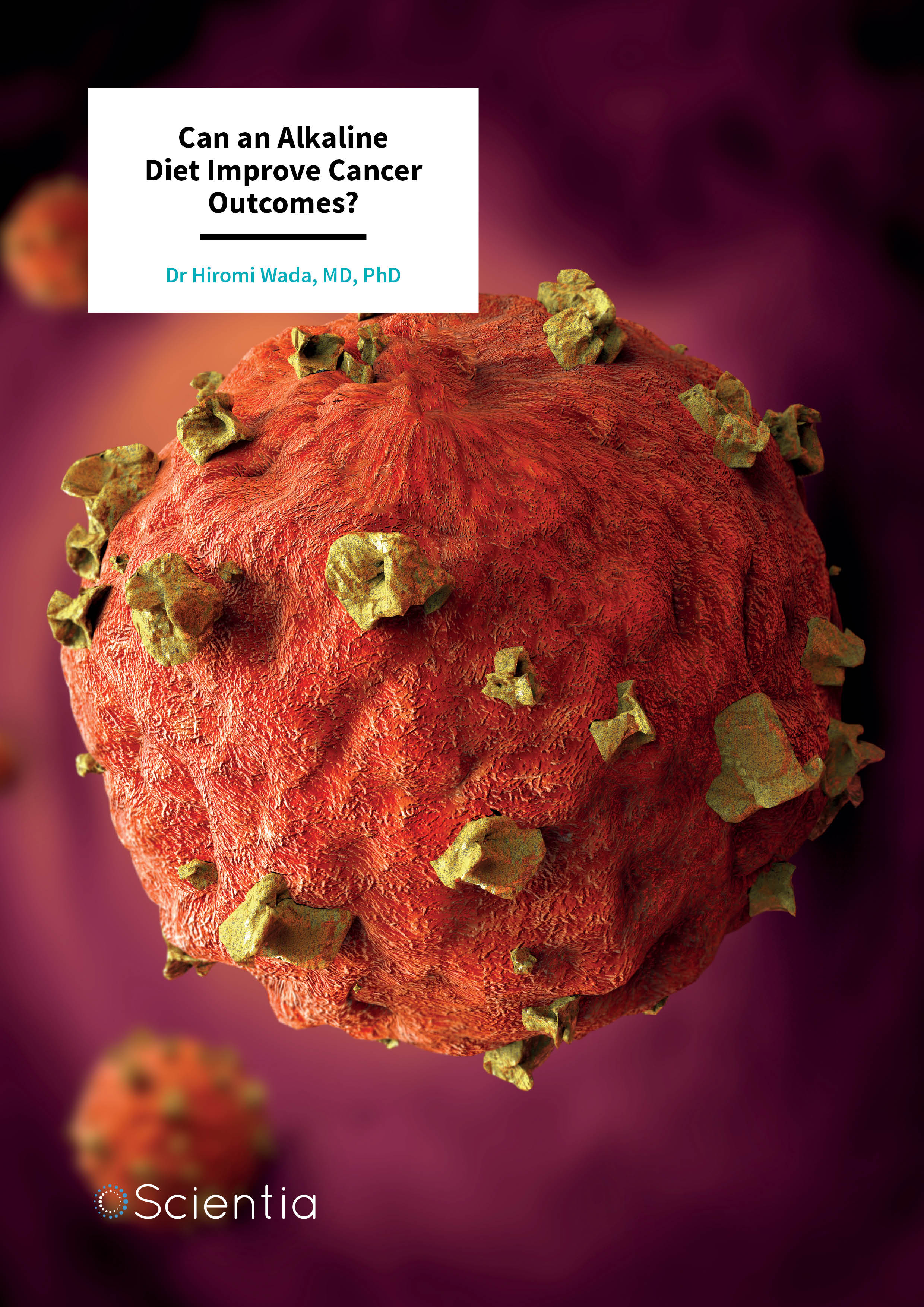
Dr Hiromi Wada – Can an Alkaline Diet Improve Cancer Outcomes?
There is a strong body of evidence from animal and human studies showing that the acidic external microenvironment (local environment) of cells associated with tumours plays a significant role in the progression and migration of cancers. Indeed, in a rat model, systemic buffering which reduces acidic pH levels also reduces both cancer progression and drug resistance. Dr Hiromi Wada at the Japanese Society of Inflammation and Metabolism in Cancer and his colleagues are investigating the effect of an alkaline diet on the tumour microenvironment, and its potential to enhance the efficacy of anti-cancer treatments.
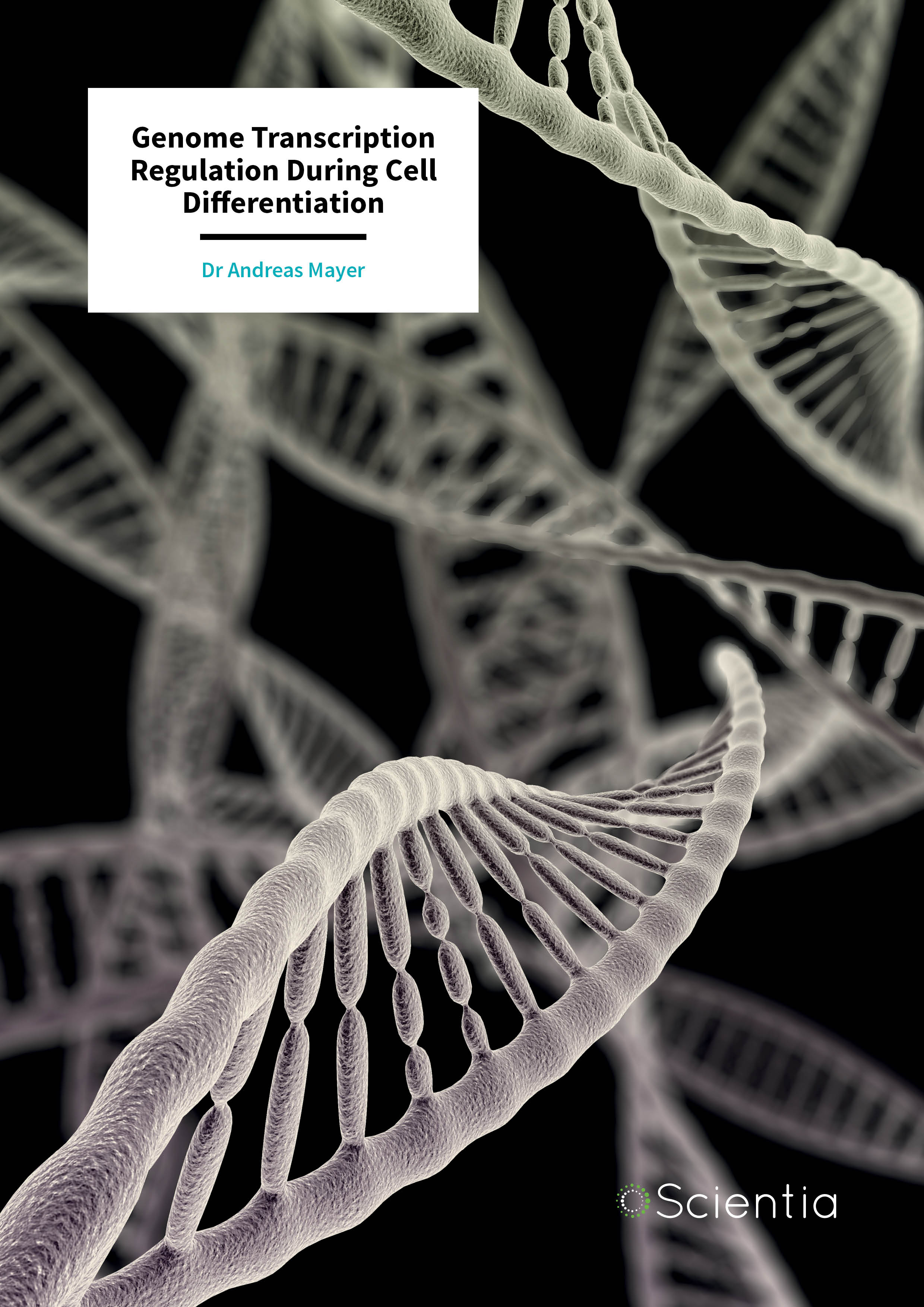
Dr Andreas Mayer – Genome Transcription Regulation During Cell Differentiation
The mechanisms that control the transcription of DNA to produce RNA and the building blocks of life, proteins, are a fundamental cellular process in all living organisms. Dr Andreas Mayer at the Max Planck Institute for Molecular Genetics in Germany has spent more than a decade unravelling these complex processes. Using newly developed high-resolution genome-wide techniques, his team is discovering the vital role that RNA polymerase II transcription plays in stem cell differentiation, where a cell changes from one cell type to another usually to perform a more specialist function.
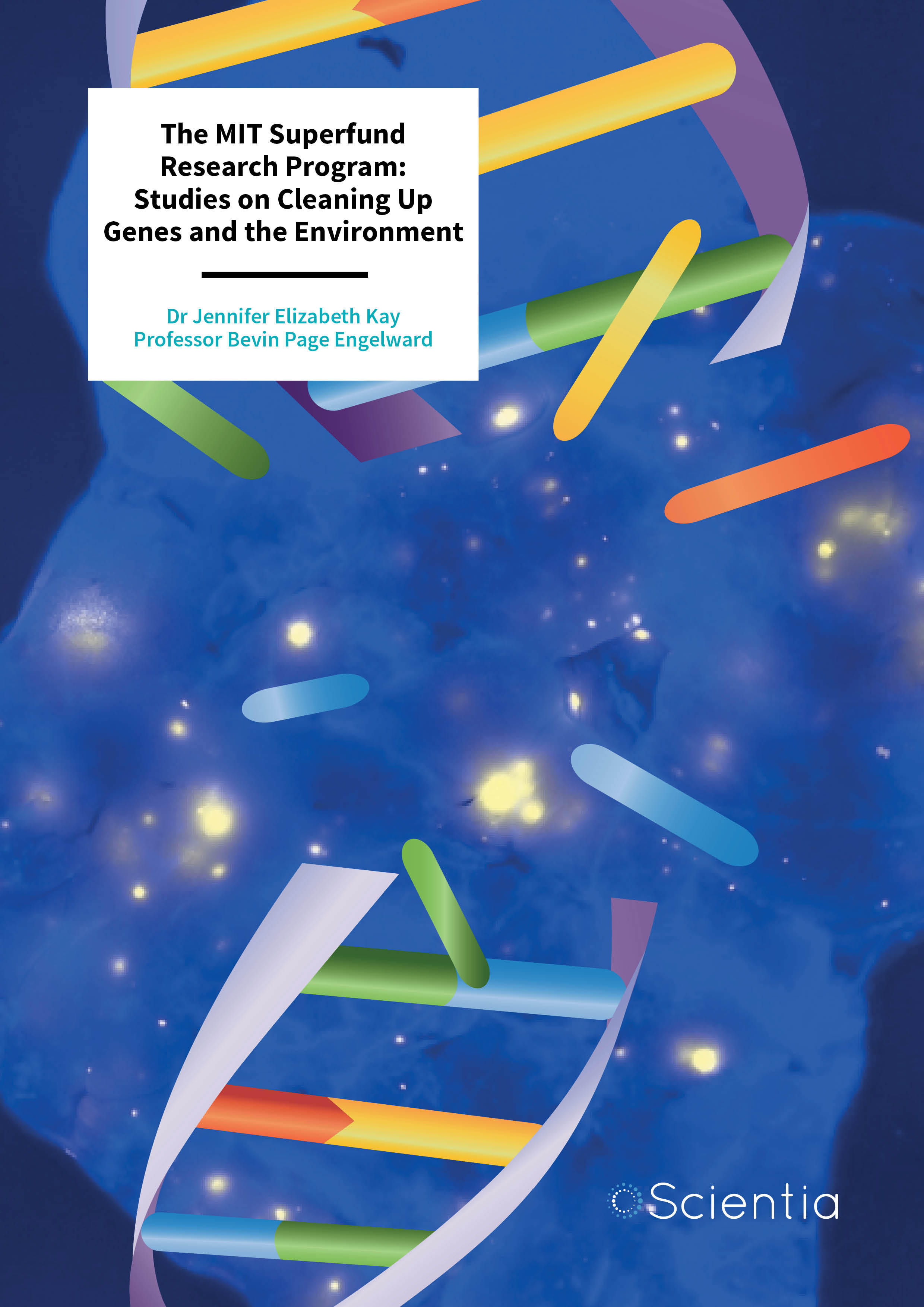
Dr Jennifer Kay | Professor Bevin Page Engelward – The MIT Superfund Research Program: Studies on Cleaning Up Genes and the Environment
In the United States, there are thousands of industrial sites contaminated by the irresponsible disposal of chemical waste. The higher than expected frequency of cancer cases near these sites has caused alarm, since many of the chemical contaminants found at these sites have been linked to the development of long-term health problems, including cancer. As leaders of the Massachusetts Institute of Technology Superfund Research Program, Dr Jennifer Kay (Research Scientist and Research Translation Director) and Professor Bevin Page Engelward (Program Director) are using their expertise to investigate the genetic factors that influence susceptibility to adverse health outcomes following exposure to environmental chemicals.
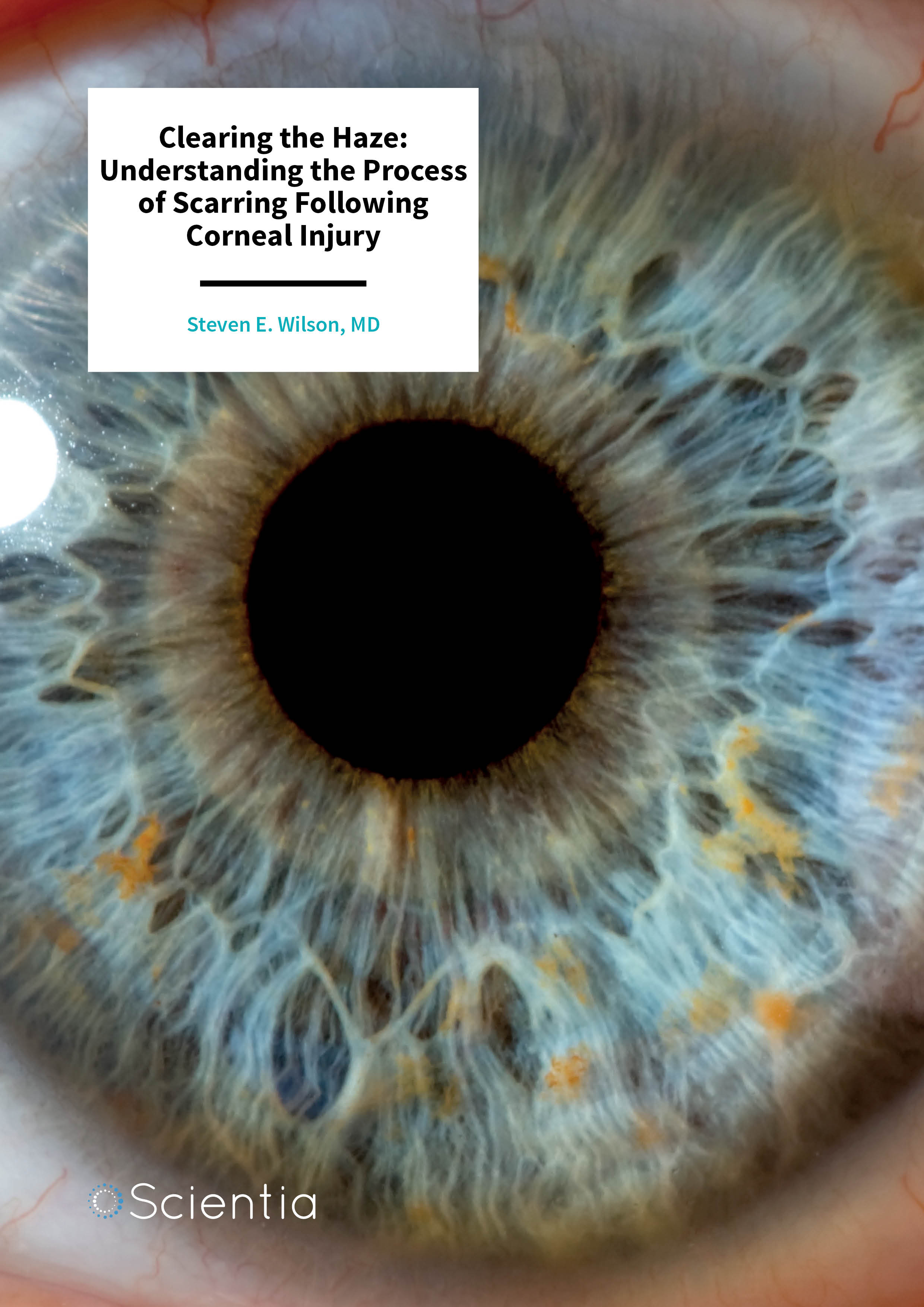
Professor Steven E. Wilson – Clearing the Haze: Understanding the Process of Scarring Following Corneal Injury
Any injury such as trauma, surgery or infection to the cornea in the eye may result in persistent scarring (clinically referred to as fibrosis) due to the wound healing response. Professor Steven E. Wilson at the Cole Eye Institute of the Cleveland Clinic Foundation has identified that defective epithelial basement membrane (EBM) regeneration plays a central role in the development of scar producing myofibroblast cells. Critically, Professor Wilson suggests that the pathophysiological consequences of defective EBM regeneration are also likely to have wider relevance to the fibrosis that occurs in other organs, such as the lungs, heart, kidneys, and skin.
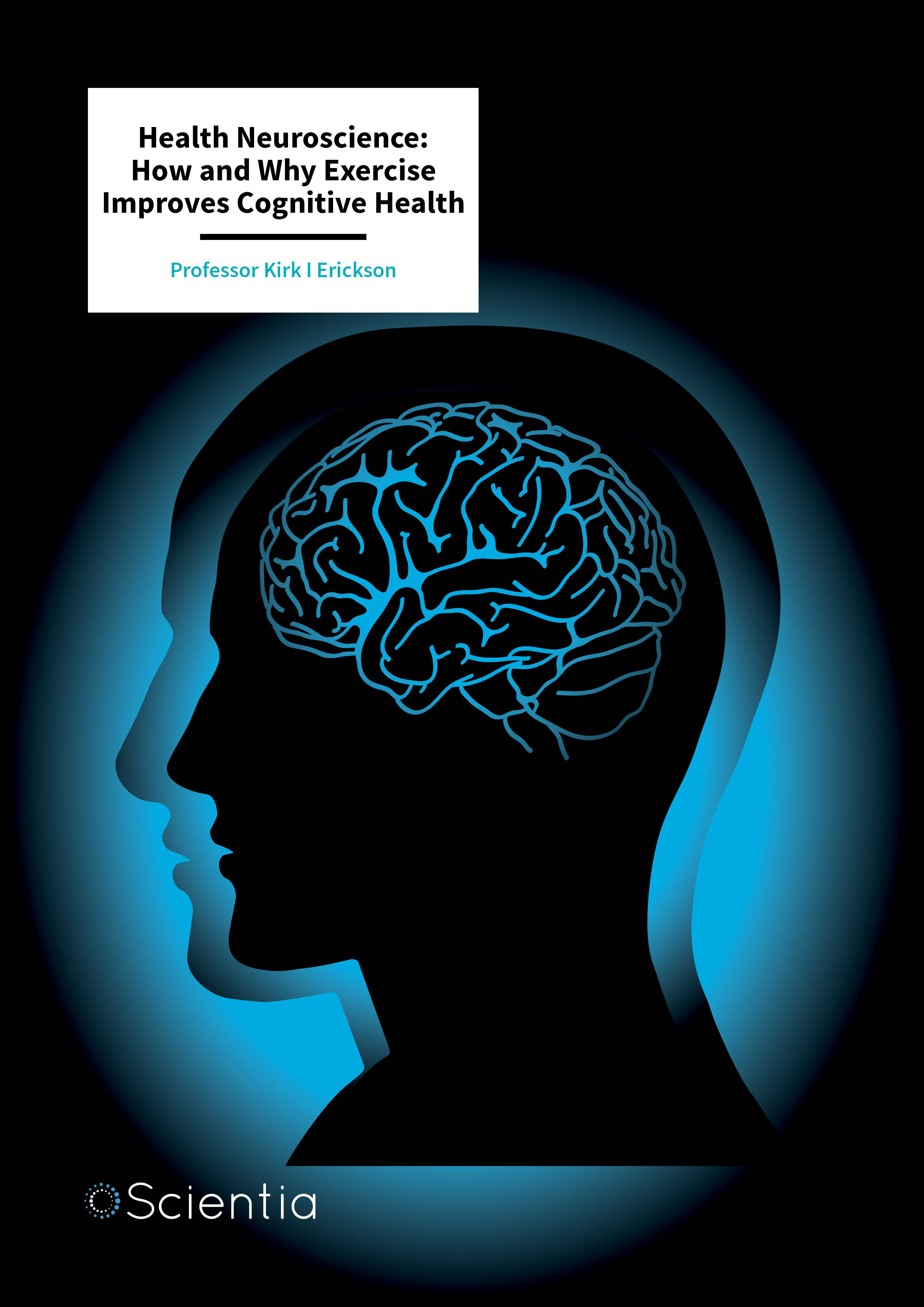
Professor Kirk Erickson – Health Neuroscience: How and Why Exercise Improves Cognitive
We all know exercise is good for us. In addition to the renowned physical benefits, Professor Kirk Erickson in the Department of Psychology at the University of Pittsburgh is providing powerful evidence that exercise may improve cognitive faculties throughout the lifespan. Read on to discover the wide range of ways in which exercise can help us to live our lives to the fullest across the years, and how the emerging field of health neuroscience may inform public health policy for our better good.
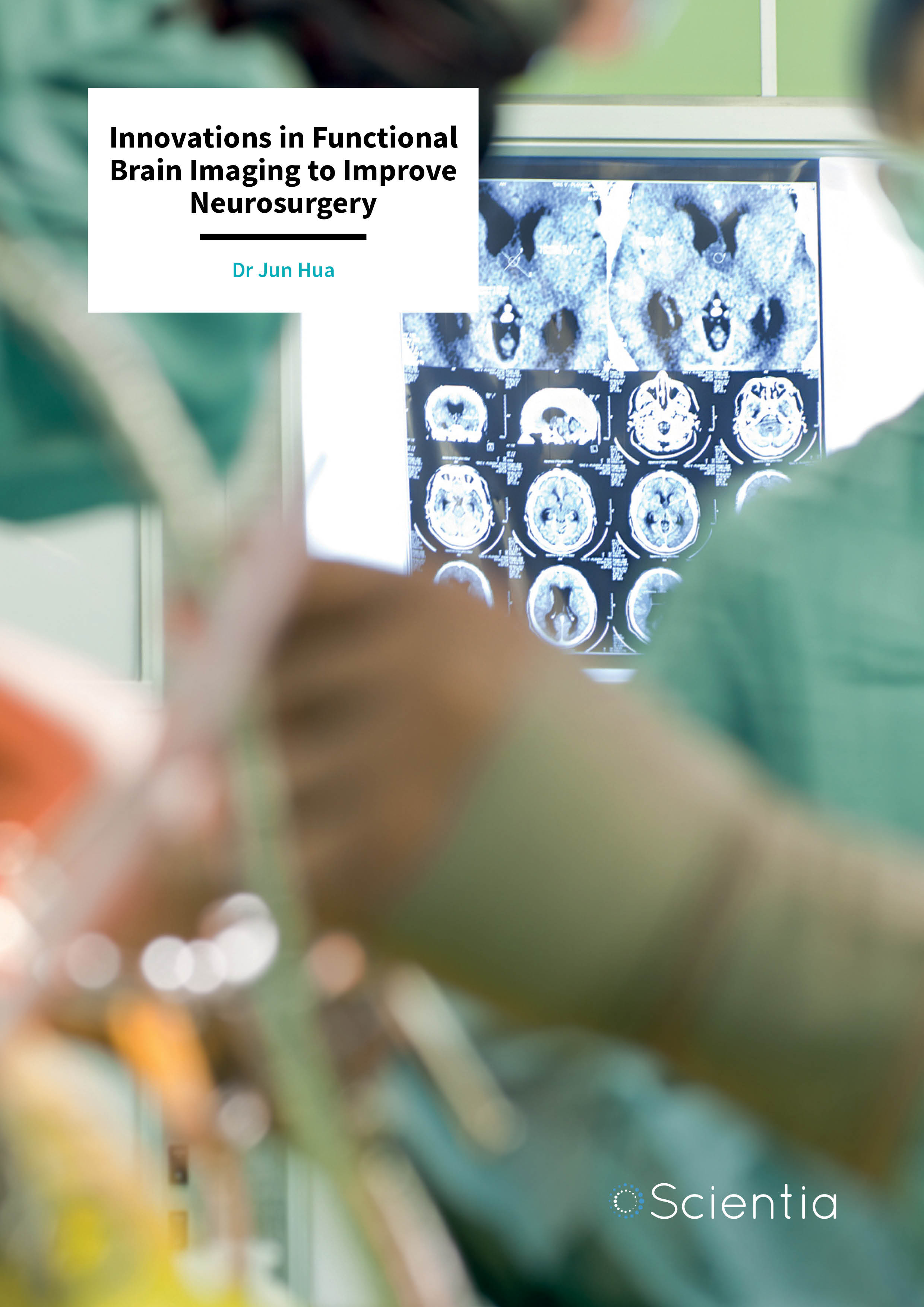
Dr Jun Hua – Innovations in Functional Brain Imaging to Improve Neurosurgery
Dr Jun Hua, Associate Professor at the F. M. Kirby Research Center for Functional Brain Imaging at the Kennedy Krieger Institute and Johns Hopkins University, USA, leads a team focused on developing novel magnetic resonance imaging (MRI) technologies for imaging the structure and function of the brain. Recently, they have been pioneering the development of new MRI techniques that can be used to improve pre-surgical planning for neurological patients and optimise patient outcomes.
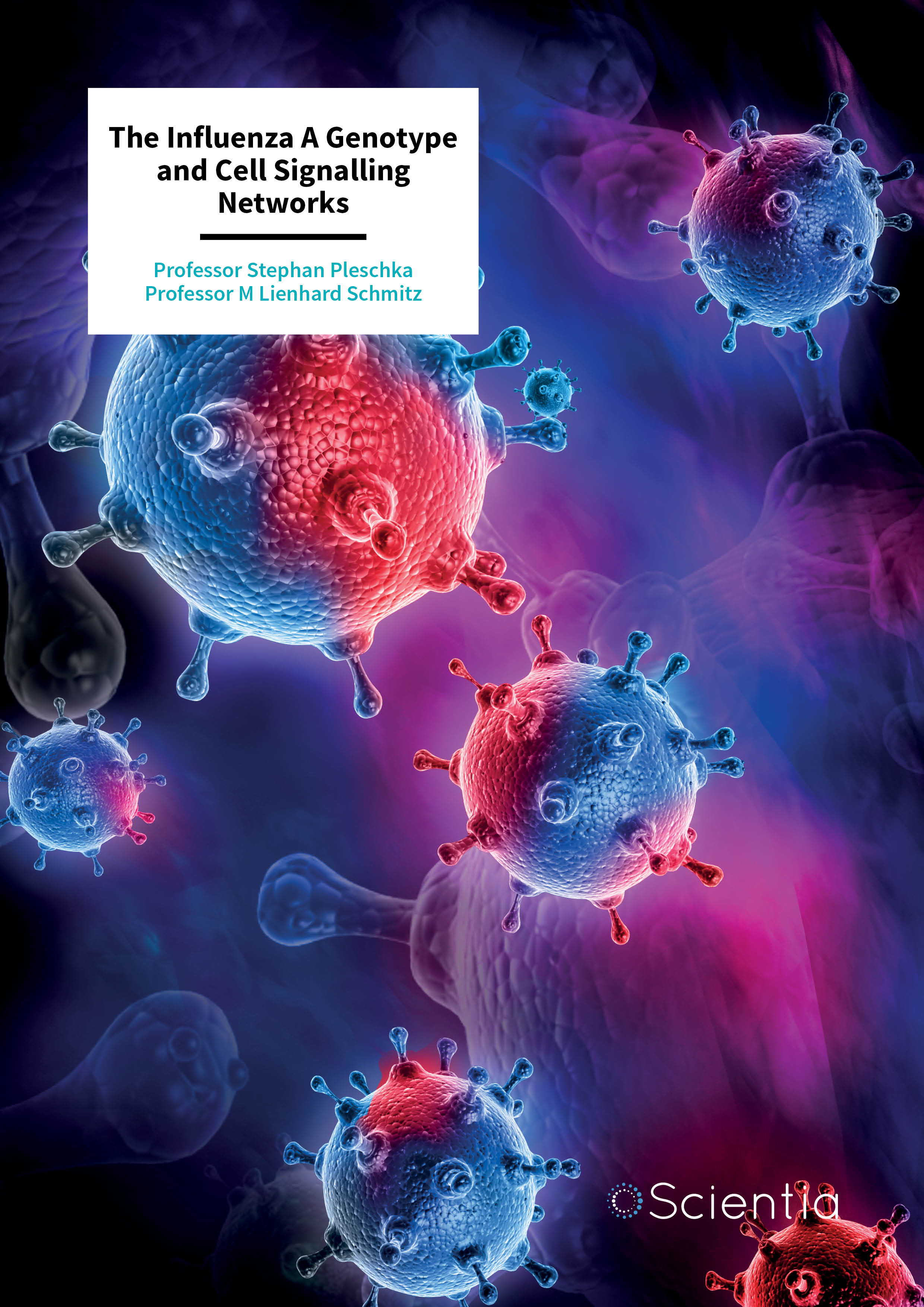
Professor Stephan Pleschka | Professor M Lienhard Schmitz – The Influenza A Genotype and Cell Signalling Networks
Influenza viruses pose a major threat despite advances in vaccine and drug development. Research into the cellular and molecular mechanisms that drive influenza viruses aims to reveal new drug targets to fight disease. However, information on the molecular mechanisms of how influenza viruses infect and replicate in host cells is currently limited. As part of the German Collaborative Research Centre 1021 (CRC1021), Professors Stephan Pleschka and M Lienhard Schmitz at the Justus Liebig University Giessen in Germany are exploring the impact of the genetic variability of influenza viruses on the interactions between the virus and host cell that regulate viral infection and replication.
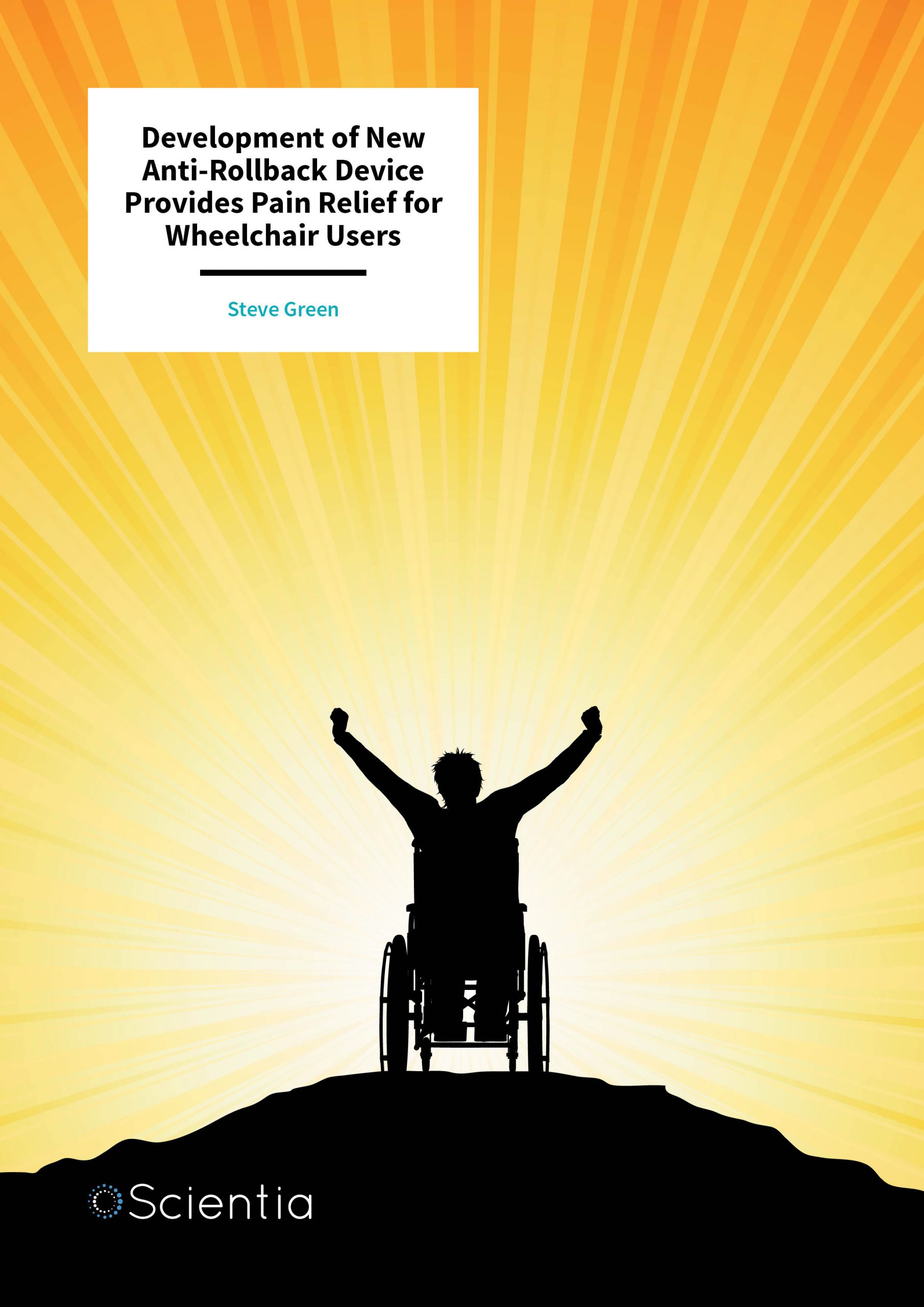
Steve Green – Development of New Anti-Rollback Device Provides Pain Relief for Wheelchair Users
It is estimated that in the USA alone, over 2.7 million individuals require a wheelchair for mobility. By far the greatest fraction of manual wheelchair users rely on conventional manual pushrim drive wheelchairs, yet the use of such wheelchairs leads to well-documented shoulder injuries and chronic pain. We read here of how Steve Green of Green Technologies, Inc, is tackling this problem through the development and patenting of a wheelchair anti-rollback device that addresses these injury and safety issues with an innovative yet simple mechanism.
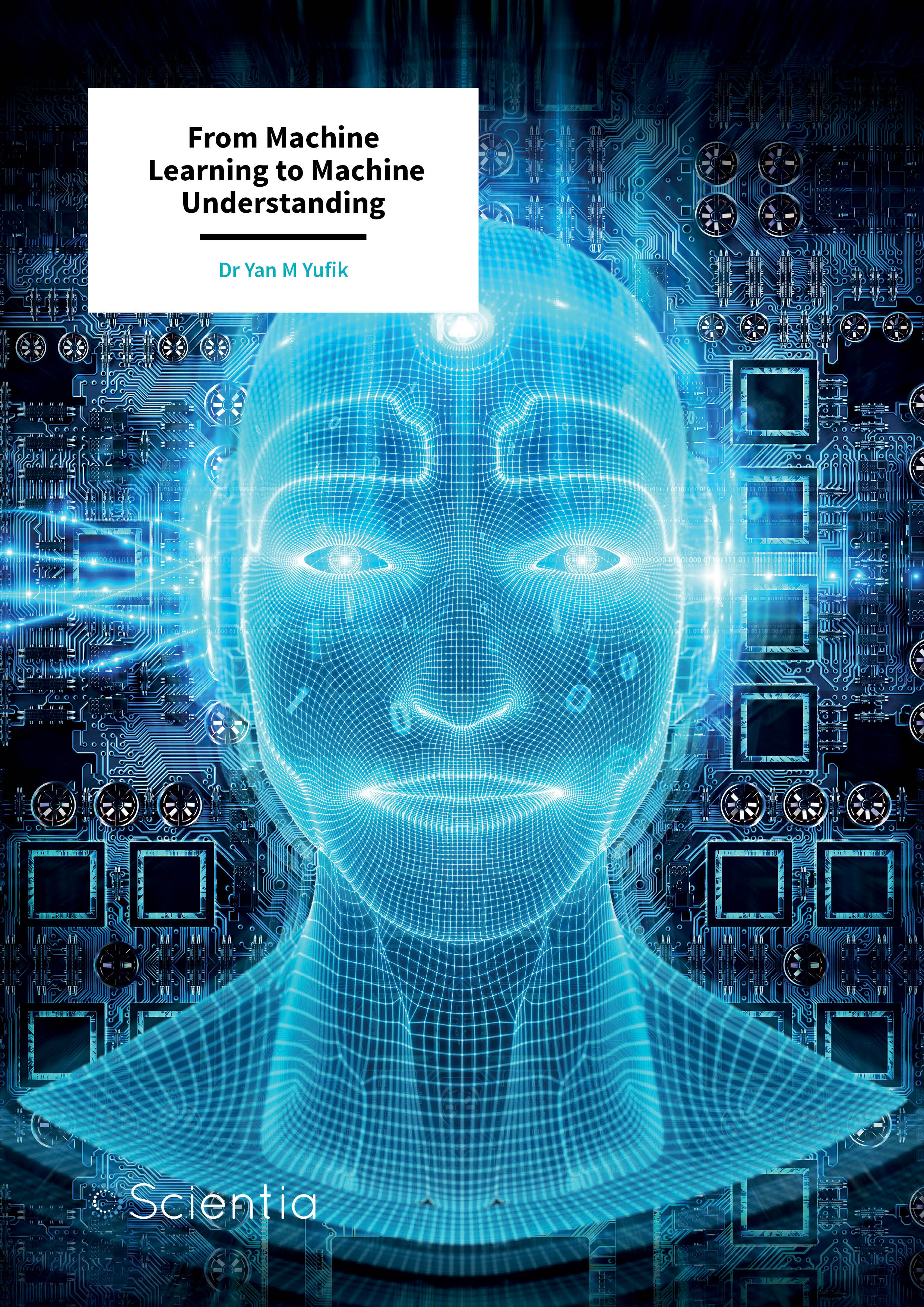
Dr Yan M Yufik – From Machine Learning to Machine Understanding
Despite dramatic advances in neuroscience and biology in the 20th and 21st centuries, our understanding of the brain remains very limited. Dr Yan M Yufik, Head at Virtual Structures Research Inc, USA, is a physicist and cognitive scientist who has spent over 20 years combining experimental findings and theoretical concepts in domains as diverse as neuroscience and thermodynamics to form a theory of the brain. His focus has been on elucidating the mechanisms underlying human understanding and applying the results to the design of machines that can not only learn but understand what they are learning.
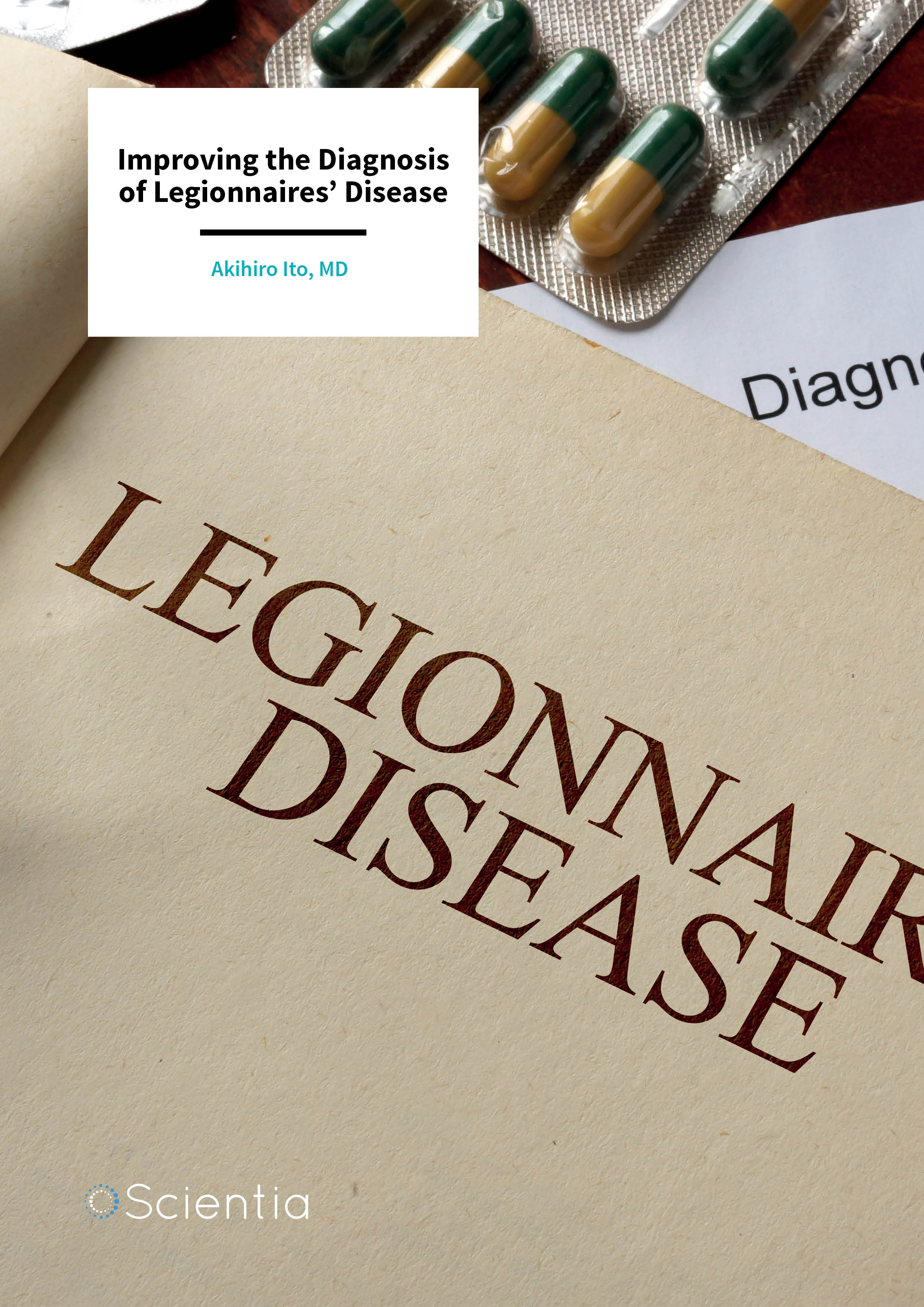
Dr Akihiro Ito – Improving the Diagnosis of Legionnaires’ Disease
Legionella bacteria are known to cause Legionnaire’s disease, a potentially severe and lethal form of pneumonia. The bacteria can be classified into different serogroups forming specific sub-types of L. pneumophila. In humans, serogroup 1 is the most common cause of pneumonia, being responsible for approximately 80% of all cases. However, the other subgroups can also cause pneumonia, resulting in a range of outcomes from mild to severe, and these are more difficult to accurately detect. Dr Akihiro Ito at Kurashiki Central Hospital, Japan, is advancing the detection of all forms of L. pneumophila to facilitate more timely healthcare interventions for Legionnaires’ disease.
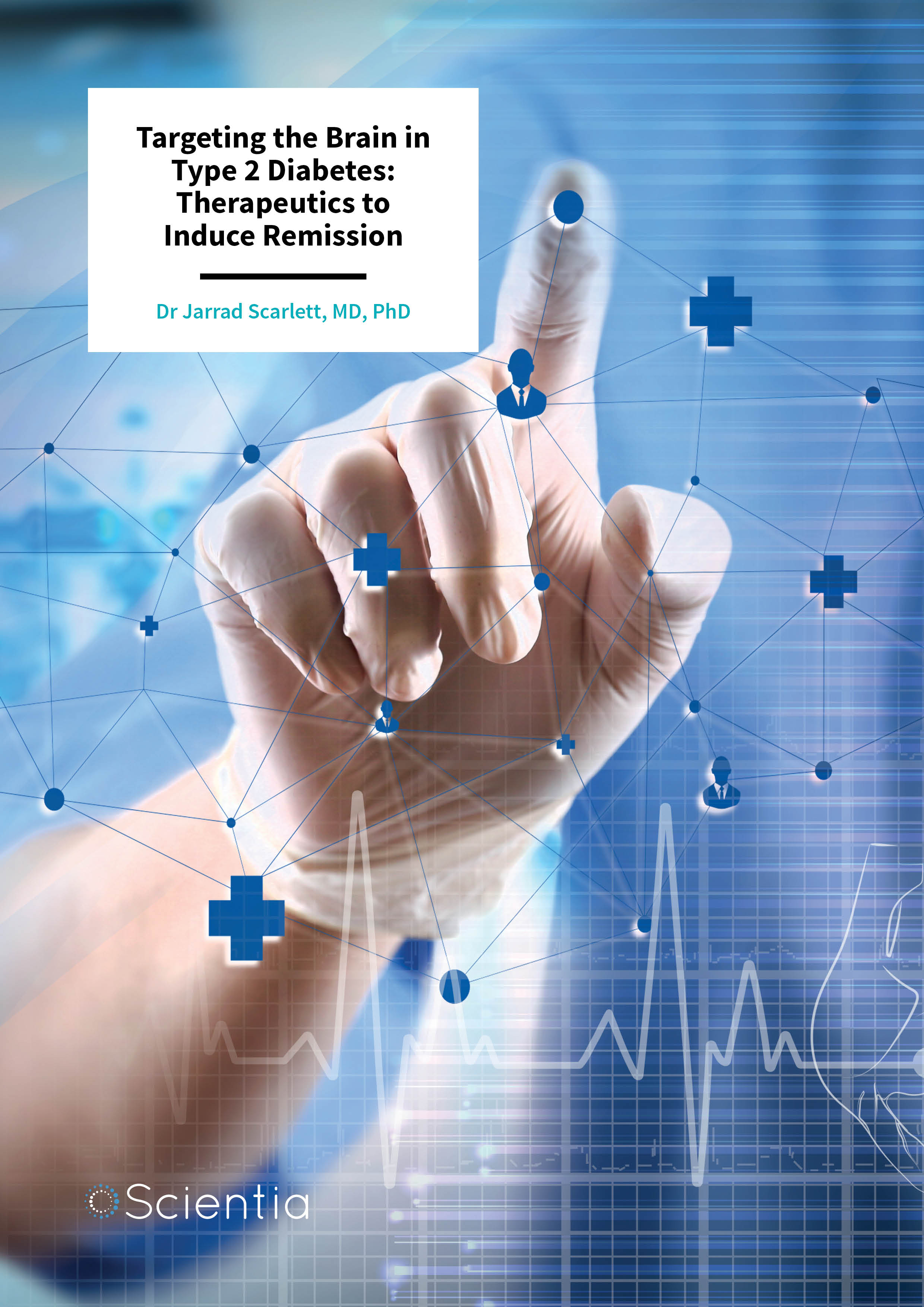
Dr Jarrad Scarlett – Targeting the Brain in Type 2 Diabetes: Therapeutics to Induce Remission
Type 2 diabetes (T2D) is among the most impactful and costly biomedical challenges confronting society. Current treatment regimens for T2D rely upon daily drug dosing and frequent glucose monitoring to normalise blood glucose levels. However, these medications can only delay disease progression and frequently have undesired side effects including hypoglycaemia and weight gain. Growing evidence supports a key role for the brain in glucose homeostasis and diabetes pathogenesis. Dr Jarrad Scarlett and his research team at the University of Washington and Seattle Children’s Hospital are working on the development of novel pharmaceuticals to target the brain to induce sustained remission of T2D.
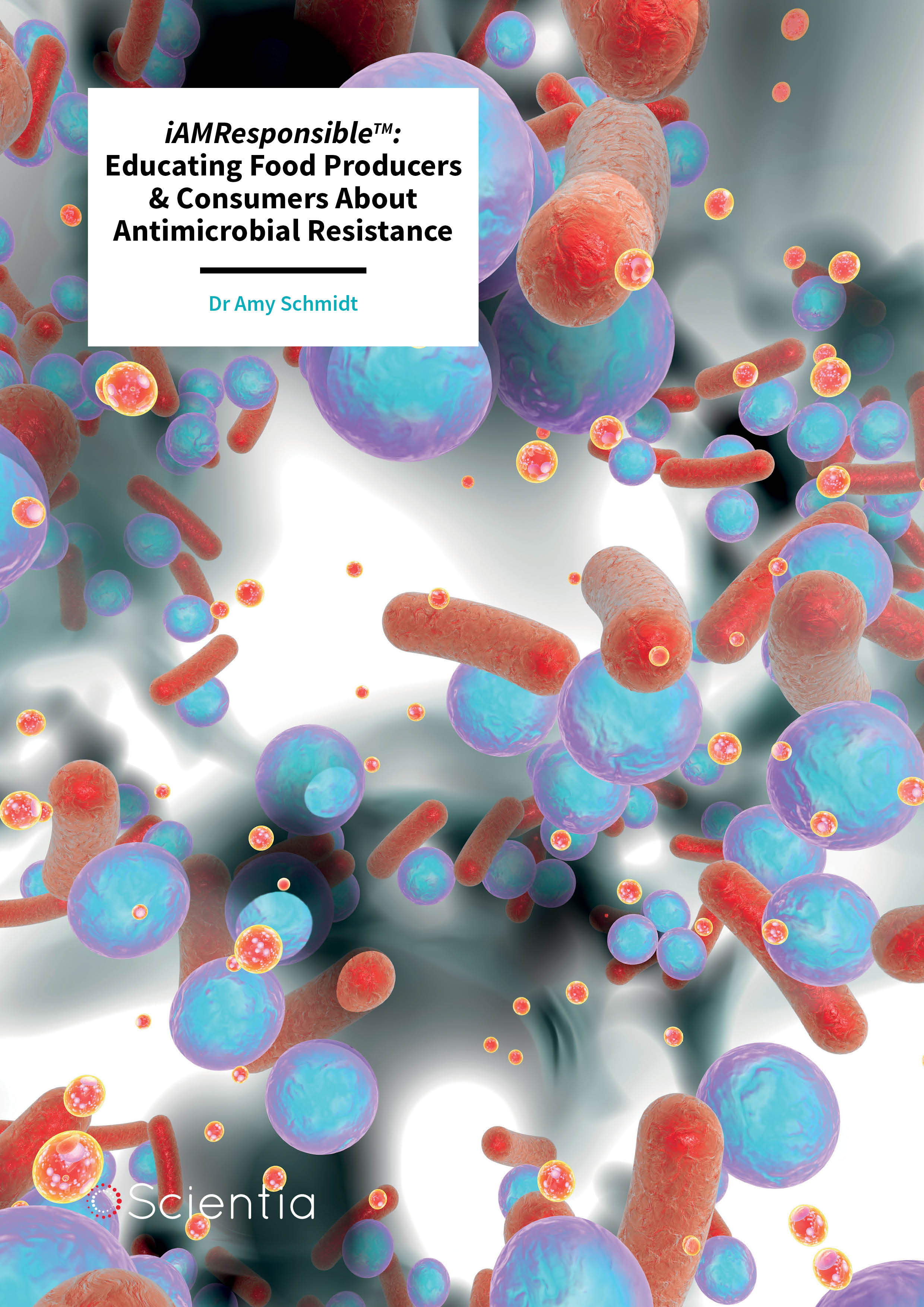
Dr Amy Schmidt – iAMResponsibleTM: Educating Food Producers & Consumers About Antimicrobial Resistance
Antimicrobial resistance (AMR), the acquired ability of microorganisms to withstand the effects of medications used to treat them, is a serious and growing threat to public health. In collaboration with experts from various US institutions, Dr Amy Schmidt at the University of Nebraska-Lincoln has developed a program called the iAMResponsibleTM Project, aimed at educating consumers, agricultural producers and others on the risks associated with AMR, as well as strategies to mitigate these risks.
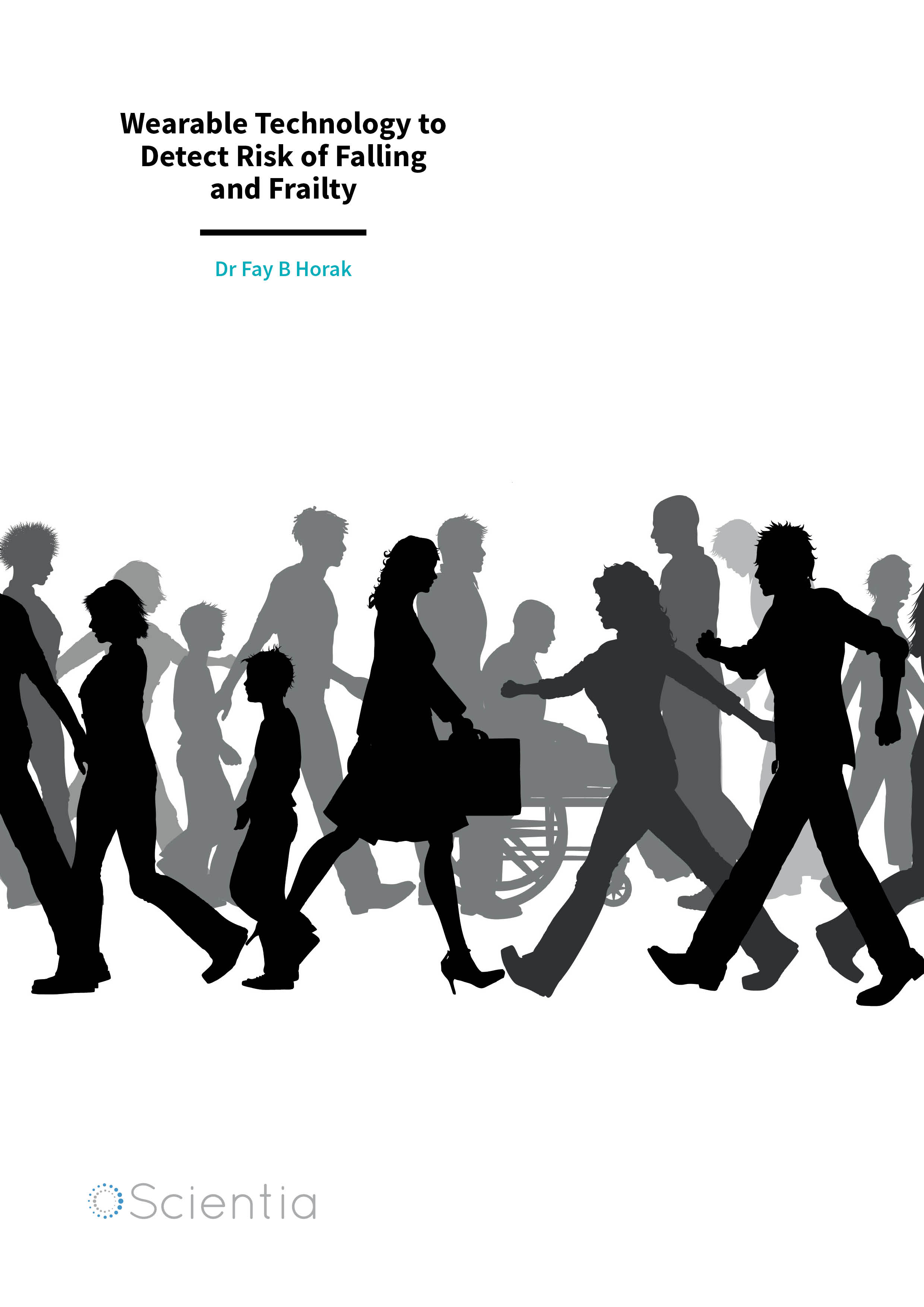
Dr Fay B Horak – Wearable Technology to Detect Risk of Falling and Frailty
Accidental falls are one of the leading causes of injuries and accidental death for the elderly, and the risk of falling increases significantly in those with neurological disorders or frailty. Dr Fay B Horak and her colleagues at Oregon Health & Science University and APDM Wearable Technologies, USA, are investigating the use of APDM’s novel wearable technology to monitor mobility in daily life of individuals at risk of falling to help prevent falls and identify prefrail elderly individuals.
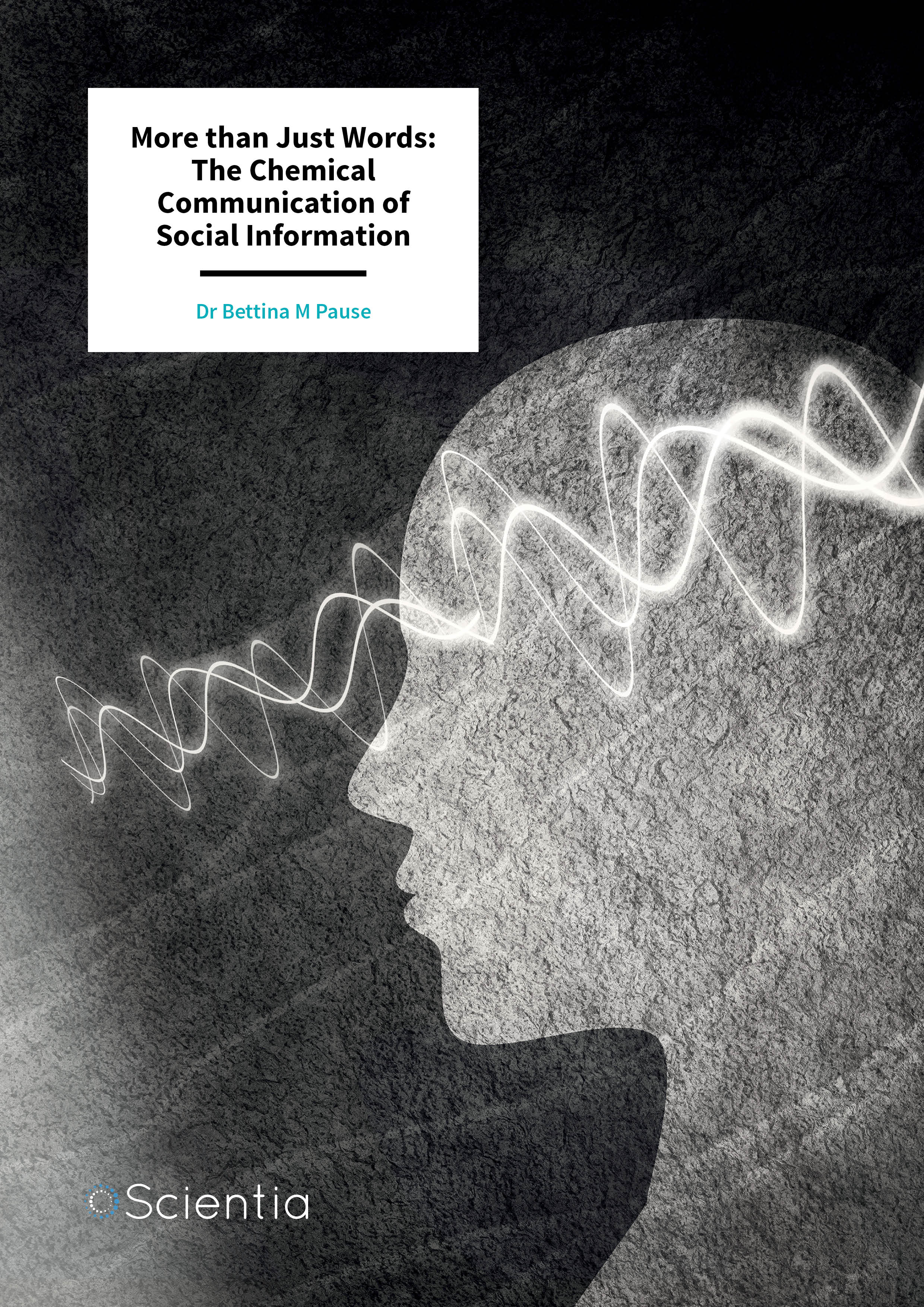
Dr Bettina Pause – More than Just Words: The Chemical Communication of Social Information
As humans, we communicate our emotions to others in several different ways, including touch, motion, facial expression, and of course, speech. We can also communicate social information through chemosensory signals. Dr Bettina Pause, a professor at Heinrich-Heine-Universität Düsseldorf, has carried out extensive research exploring human communication and sensory perception, and in particular, how we quickly and effectively convey emotional states such as anxiety and aggression to others without even using words.
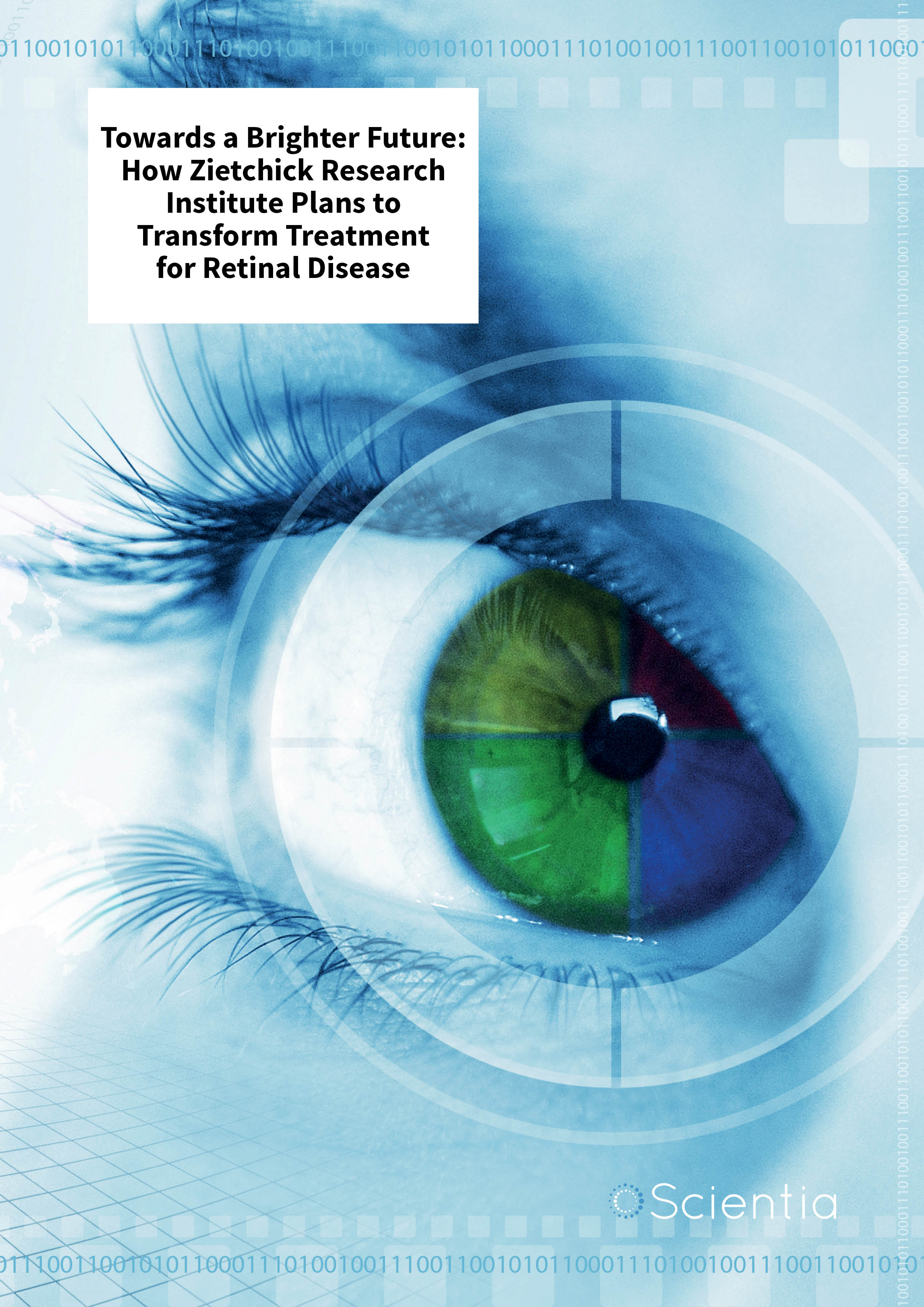
Dr Tammy Movsas, MD, MPH – Towards a Brighter Future: How Zietchick Research Institute Plans to Transform Treatment for Retinal Disease
Both diabetic adults and premature babies are at risk for a similar type of eye disease that involves the growth of abnormal, blood vessels in the retina, the photosensitive layer of the eye. When this eye disease occurs in diabetics, it is called diabetic retinopathy and when it occurs in premature infants, it is called retinopathy of prematurity. The pathologic vessels, seen in both of these diseases, can pull on the retina and cause it to detach, leading to blindness. Dr Tammy Movsas (Executive Director and Principal Investigator) and Dr Arivalagan Muthusamy (Chief Scientist) at the Zietchick Research Institute, USA, are developing new therapeutics to treat these serious retinal diseases that affect both premature baby eyes and mature adult eyes, such as those of diabetic women.
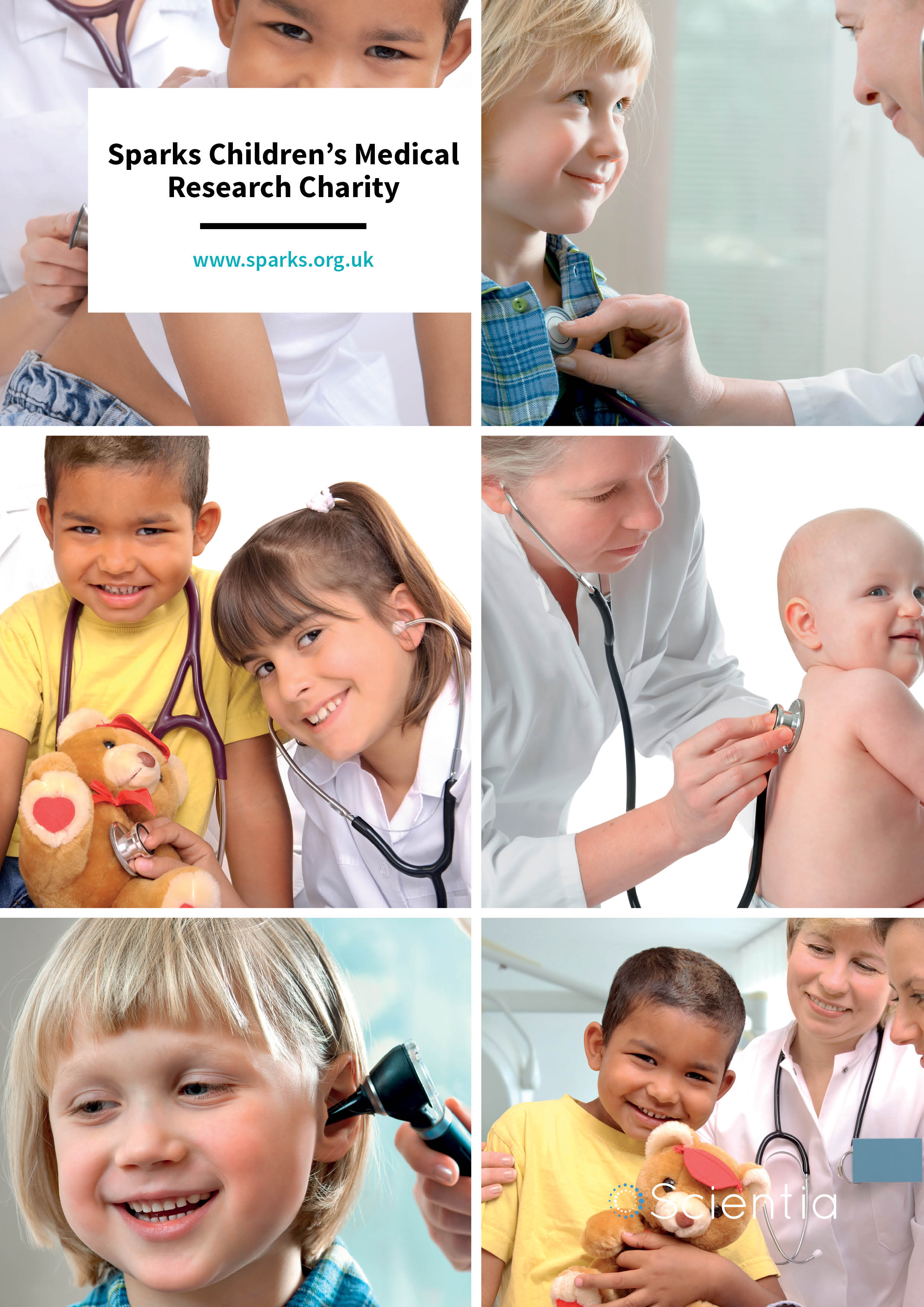
Sparks Children’s Medical Research Charity
Sparks is a UK-based charity funded entirely by their supporters. Their current campaign, No Time to Lose, aims to raise £10 million in the next four years to find the treatments children with rare conditions urgently need. In this exclusive interview, we speak with Kiki Syrad, Director of Grants, to hear about the importance of their work and how they aim to transform the futures of children afflicted by disease.
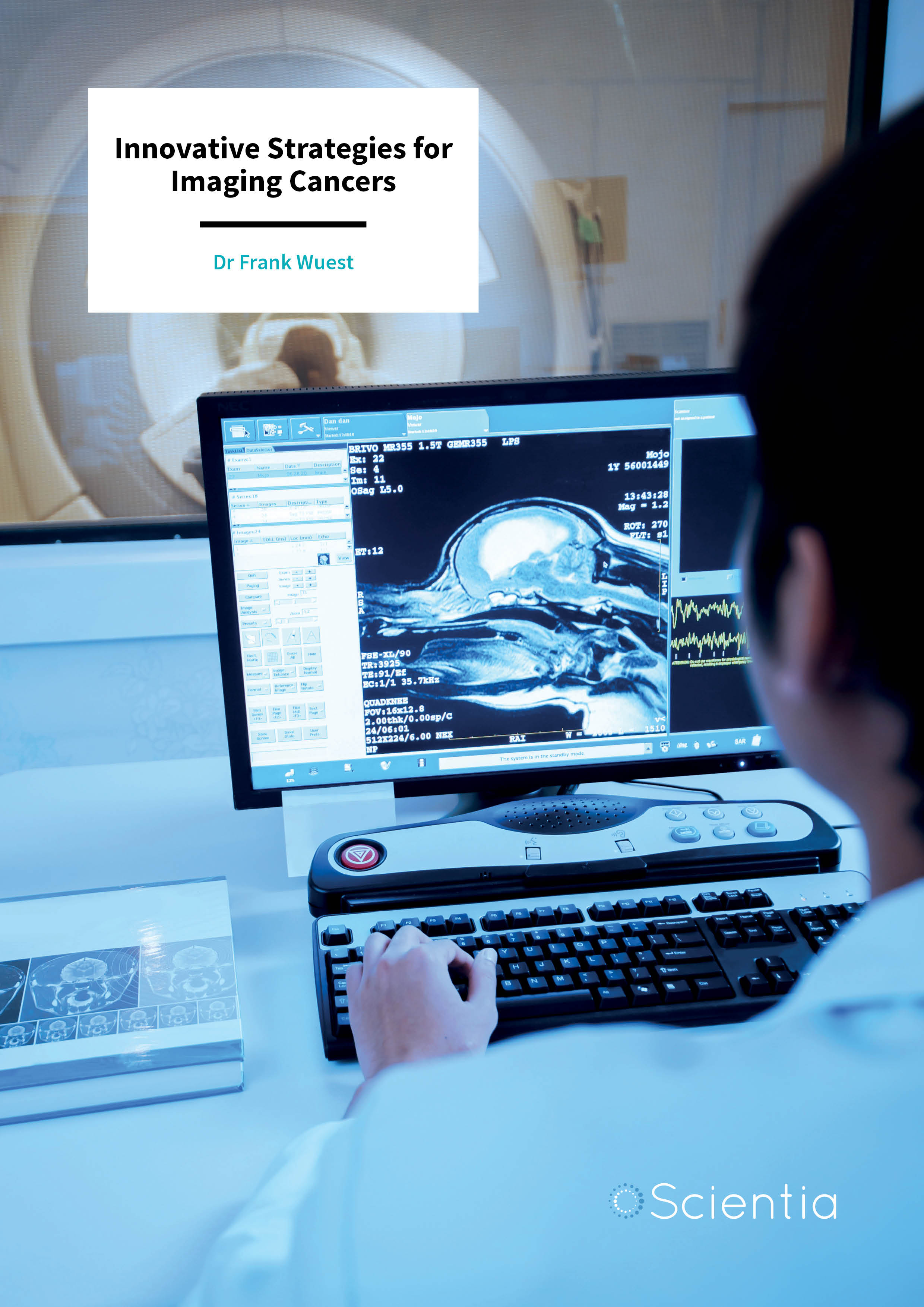
Dr Frank Wuest – Innovative Strategies for Imaging Cancers
Global Navigation Satellite Systems such as GPS are the backbone of many global communications, but they are not immune to failure. Progeny Systems Corporation is dedicated to mitigating such disasters if and when satellite-based communications fail, by developing Earth-based systems that work in comparable ways to synchronised satellite networks. As an alternative to GPS, the company’s technology could provide communicating parties with a crucial yet inexpensive safeguard against future failures.
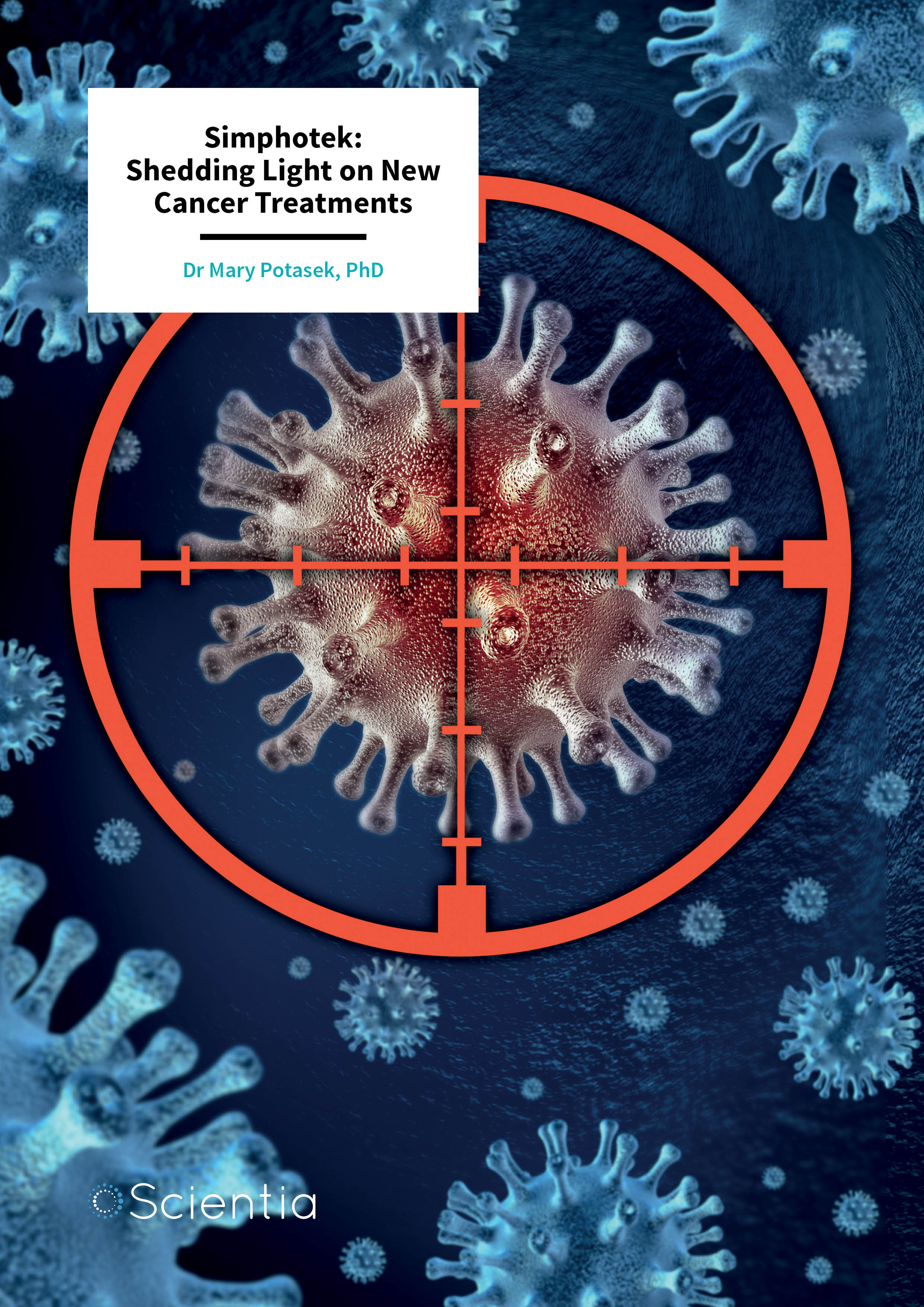
Simphotek: Shedding Light on New Cancer Treatments
The use of radiation therapy to treat cancer has improved the long-term outcome of thousands of patients but is associated with serious side effects. Photodynamic therapy (PDT), a targeted light-based technique, has been approved as an effective treatment for some forms of cancer with fewer side effects than radiotherapy. However, the effectiveness of this technique depends on fine-tuning its application to the patient. Simphotek, a US-based company founded by world leaders in biophysics and computer modelling, together with its collaborative partners at Roswell Park Comprehensive Cancer Center and the Hospital of the University of Pennsylvania, is focused on expanding novel technologies of PDT as a cancer treatment for solid tumours.
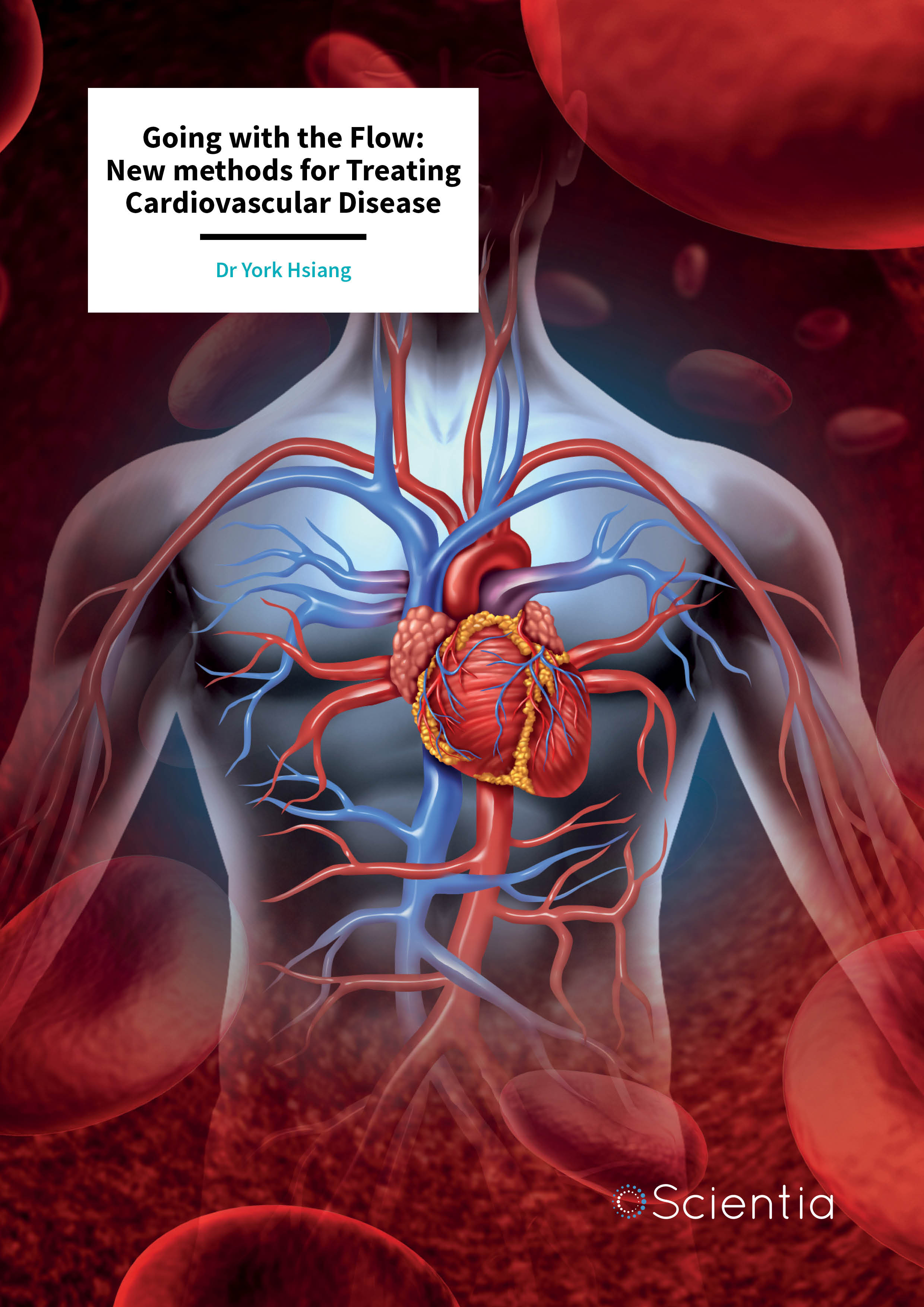
Dr York Hsiang – Going with the Flow: New methods for Treating Cardiovascular Disease
When an artery becomes blocked or damaged, a mechanical scaffold called a stent is often implanted into the vessel to improve blood flow. However, metallic stents can cause re-narrowing at the sites where they are implanted. This process is known as restenosis, which can lead to lethal complications. Dr York Hsiang, Professor of Surgery at the University of British Columbia, and his team use microengineering techniques to develop novel stents that can better detect restenosis, and treat it earlier when it occurs.
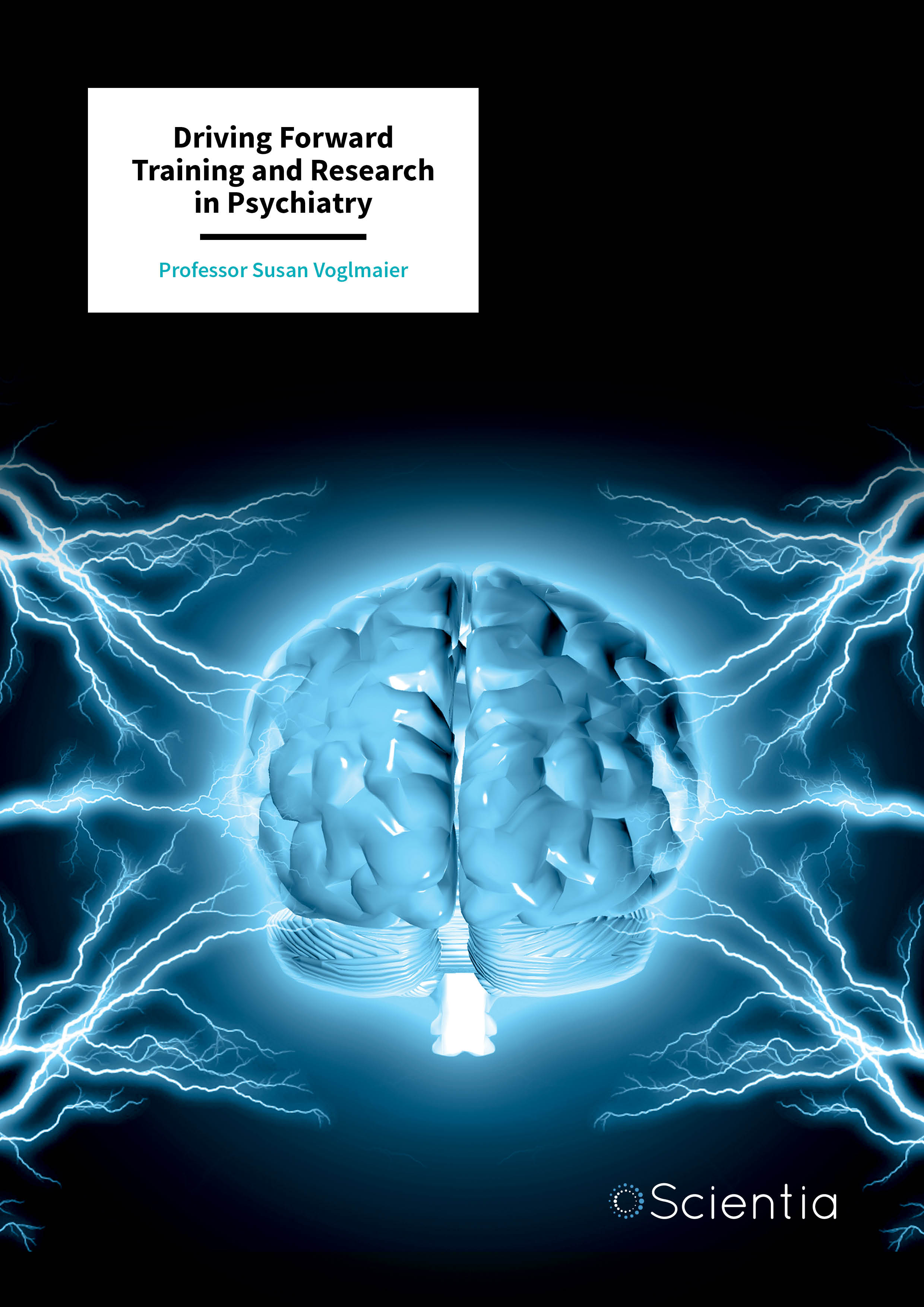
Dr Susan Voglmaier – Driving Forward Training and Research in Psychiatry
In recent years, dramatic advances have been made in brain science and molecular genetics. However, there is currently a shortage of psychiatrists with the scientific training necessary to take this knowledge and apply it in the clinic. Psychiatrist and neuroscience researcher, Dr Susan Voglmaier of the University of California, San Francisco, runs a research training program that supports the next generation of research scientists in the field of psychiatry. Dr Voglmaier believes that by training doctors in scientific techniques and methods, we may come to better understand mental illness and provide more effective treatments for psychiatric diseases in the future.
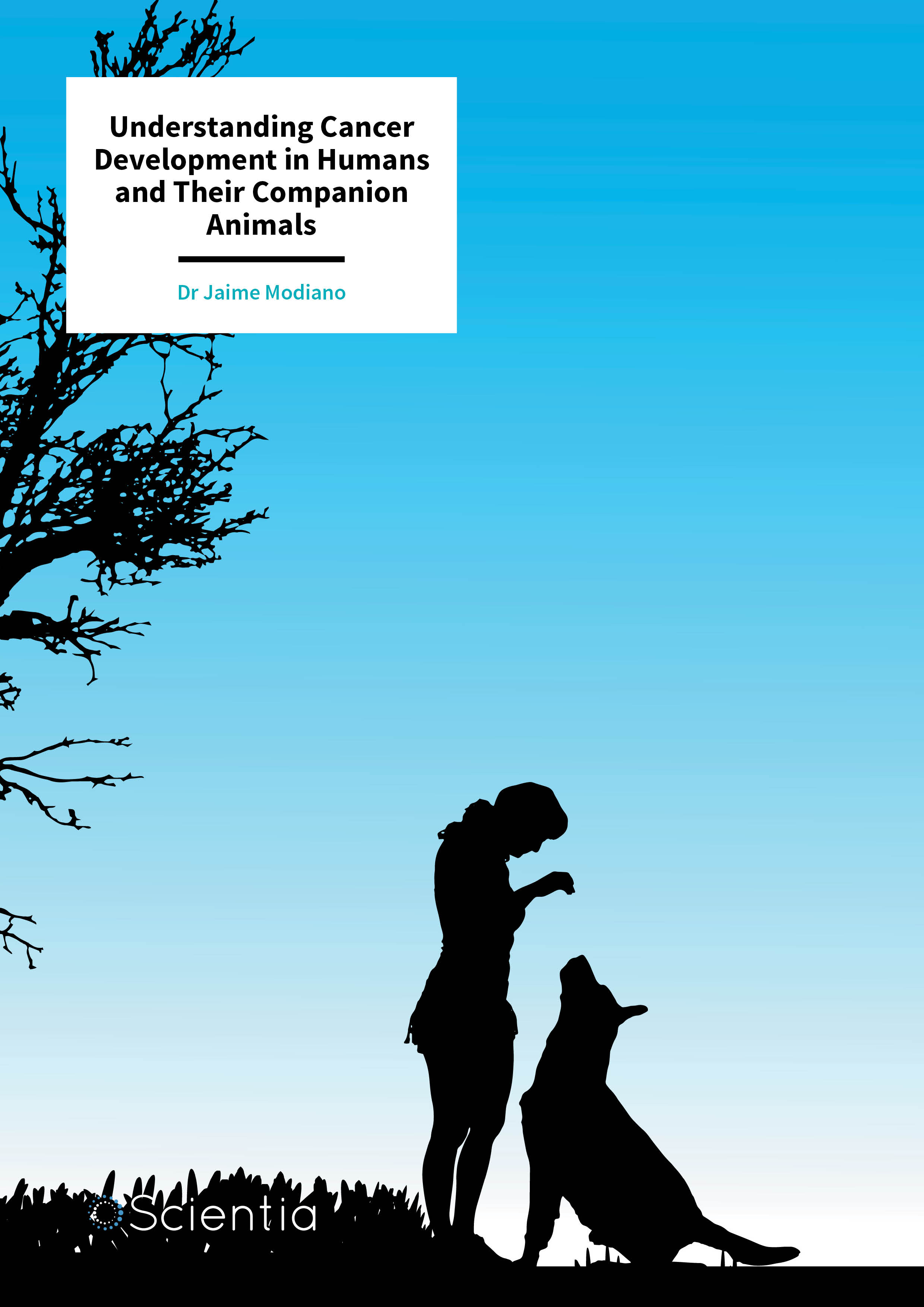
Dr Jaime Modiano – Understanding Cancer Development in Humans and Their Companion Animals
Dogs are renowned for their status as man’s best friend. Based first at the University of Colorado and now at the University of Minnesota in the Twin Cities, Dr Jaime Modiano and his team have spent the last 25 years trying to understand how cancer develops at a basic level, aiming to use this knowledge to improve the health and wellbeing of both humans and their companion animals.
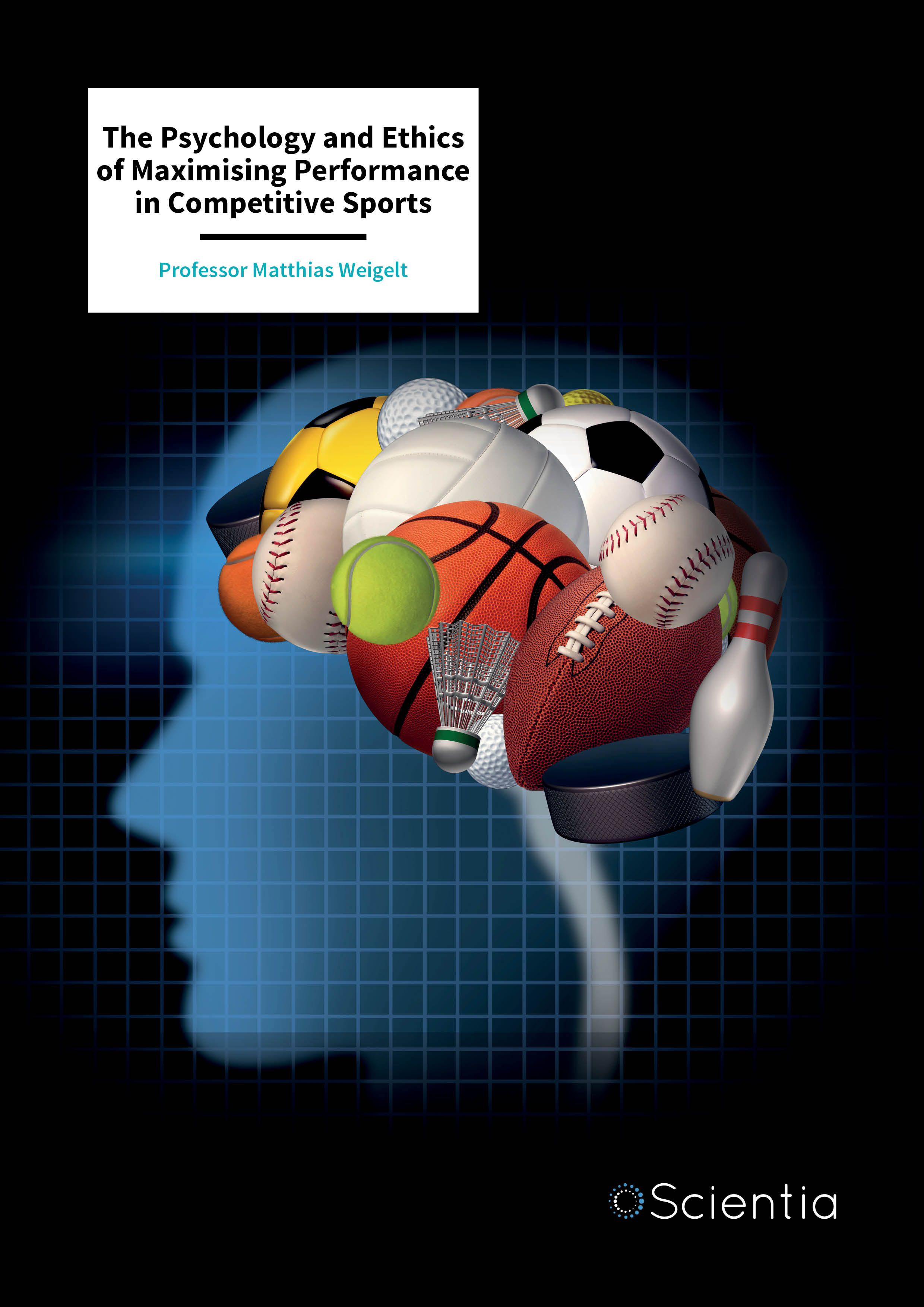
Professor Matthias Weigelt – The Psychology and Ethics of Maximising Performance in Competitive Sports
In sporting performance, developing a competitive edge over opponents is essential. Professor Matthias Weigelt at the University of Paderborn, Germany, specialises in the application of psychological theory and methods to the understanding and enhancement of athletic performance. Read on to discover how by taking a cognitive neuroscientific approach to understanding deceptive actions in sports, Professor Weigelt is unravelling the processes underlying expertise in responding to head fakes in basketball with critical ethical implications.
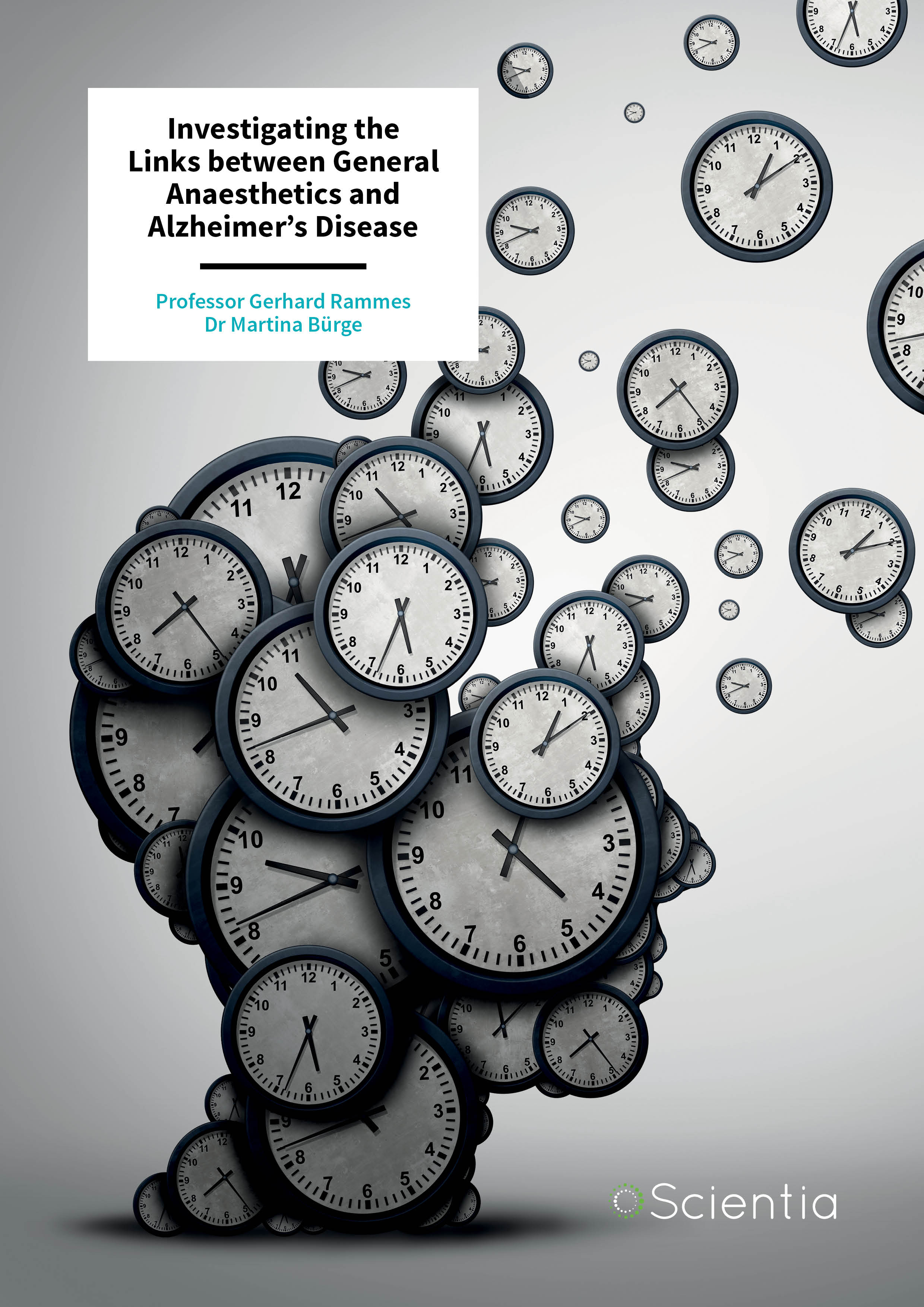
Professor Gerhard Rammes – Investigating the Links between General Anaesthesia and Alzheimer’s Disease
General anaesthesia may increase the build-up of amyloid beta, a protein implicated in the development of Alzheimer’s disease. Professor Gerhard Rammes and his team at the Technische Universität München, Munich, Germany, along with Dr Martina Bürge at St Bartholomew’s Hospital, London, UK, are researching the potential benefits of one specific anaesthetic, xenon, which in addition to having lower neurotoxicity than many other anaesthetics may also offer neuroprotective effects. These findings may have critical implications for personalised medicine in patients with dementia.
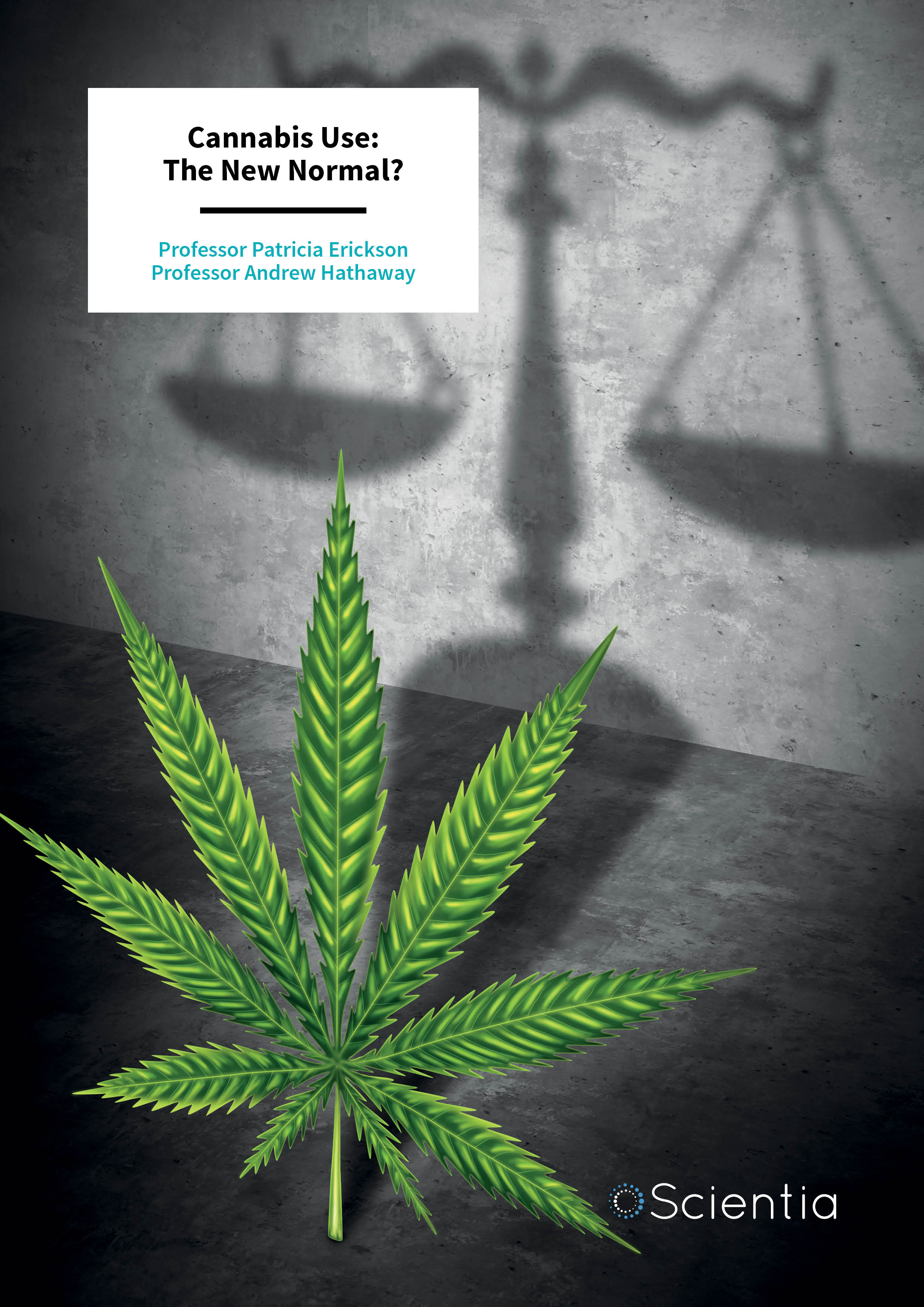
Professor Patricia Erickson | Professor Andrew Hathaway – Cannabis Use: The New Normal?
As more countries begin to decriminalise and legalise cannabis, understanding attitudes towards its use will be essential in anticipating the risks and benefits of these legislative changes. Professor Patricia Erickson of the University of Toronto and Professor Andrew Hathaway of the University of Guelph provide new insights into the attitudes and practices of both cannabis users and non-users in order to better understand the ongoing normalisation of cannabis use.
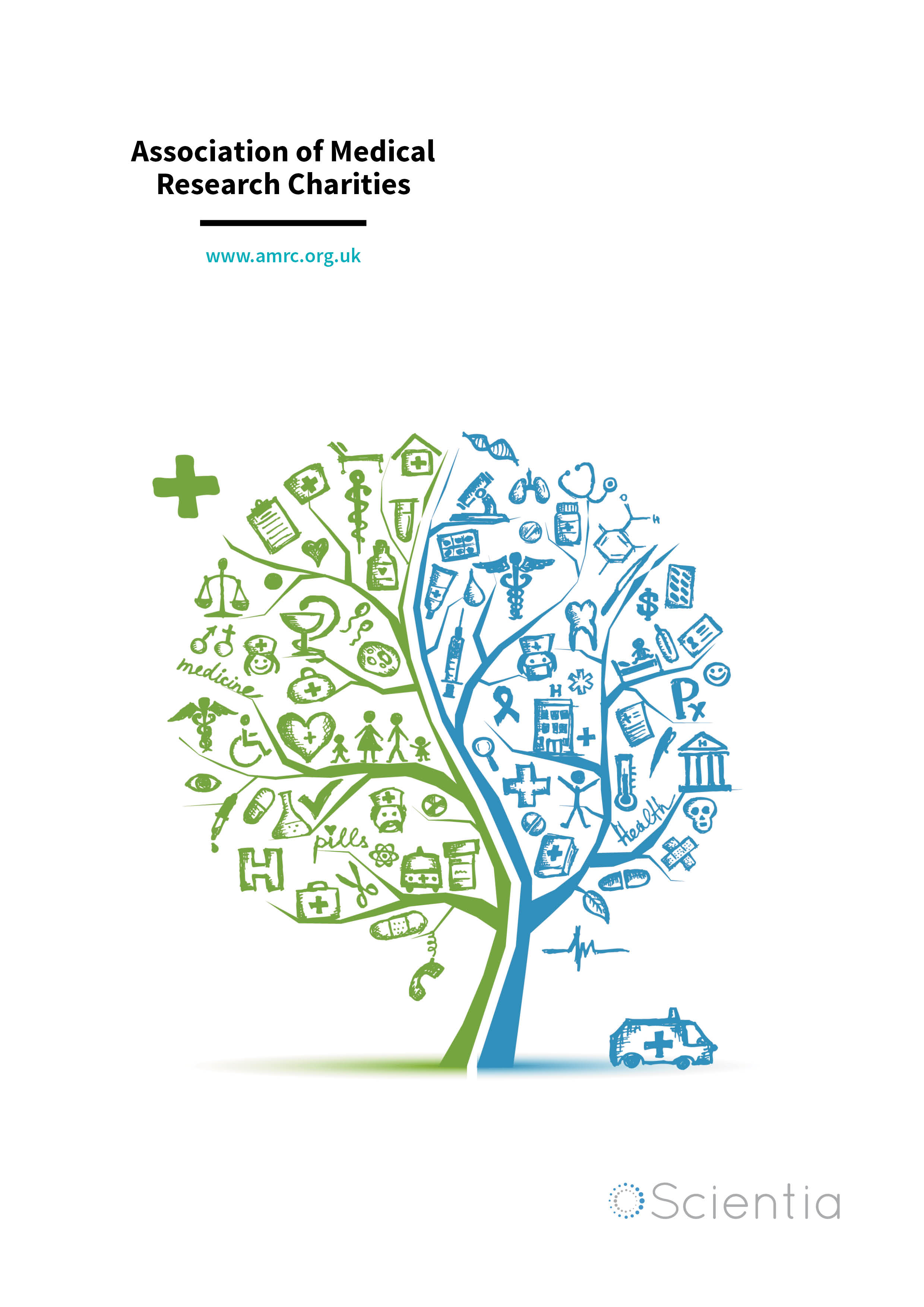
Association of Medical Research Charities
Over 30 years ago, a small group of diverse medical research charities formed the Association of Medical Research Charities (AMRC) to unite the sector and provide it with a leading voice. Since then, their membership has grown to 146 charities and they continue to lead and support the sector in delivering high-quality research that saves and improves lives. The AMRC is now the the UK’s national membership organisation for health and medical research charities. In this exclusive interview, we speak with Aisling Burnand, AMRC’s Chief Executive, to hear about their vital work.
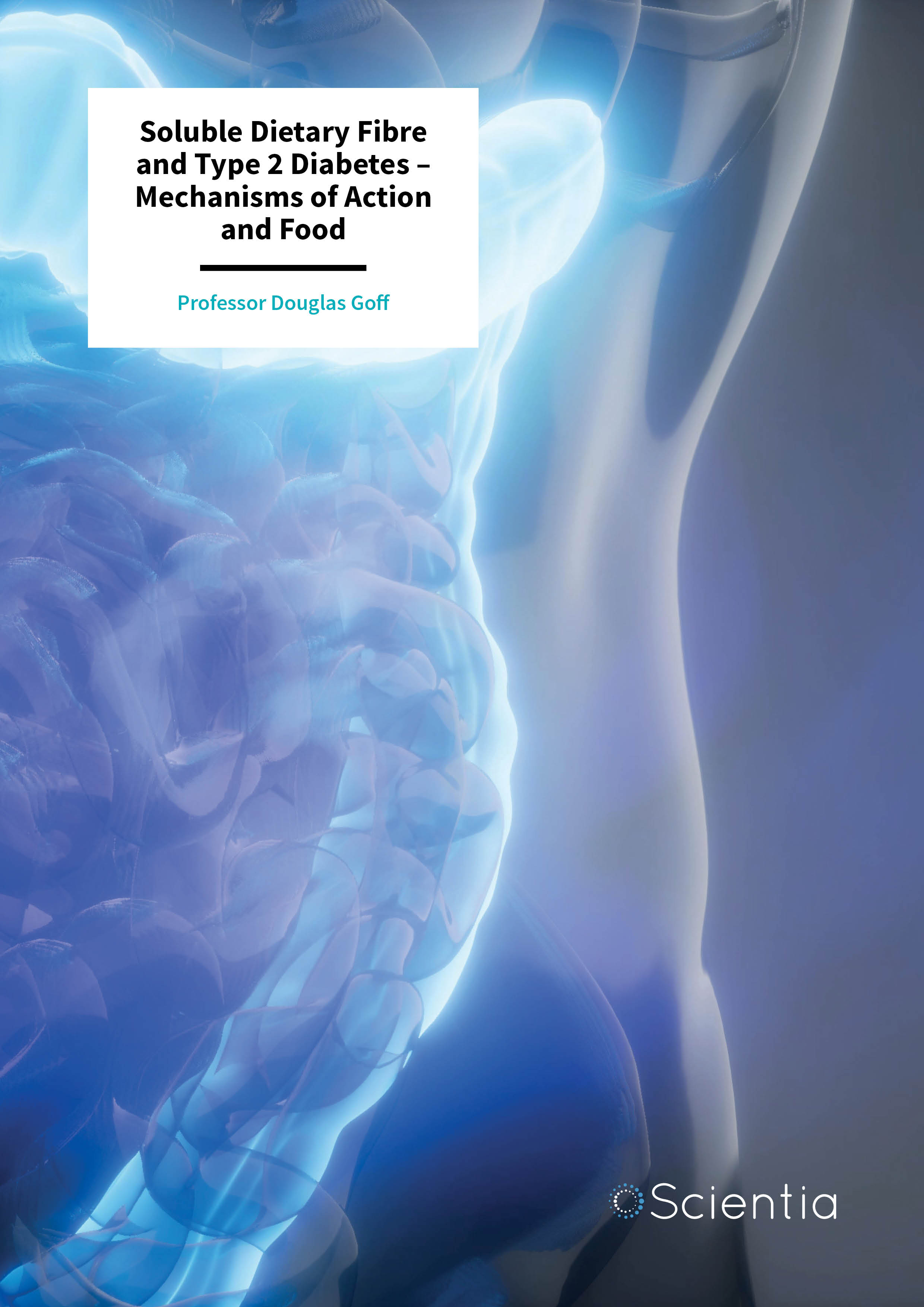
Professor Douglas Goff – Soluble Dietary Fibre and Type 2 Diabetes – Mechanisms of Action and Food Supplementation
There are numerous health benefits related to eating fibre-containing foods, including lowering the levels of serum glucose and lipids, thus reducing the risk of type 2 diabetes and heart disease. Furthermore, by creating an increased feeling of fullness, eating fibre-rich foods reduces caloric intake and obesity. Professor Douglas Goff from the University of Guelph, Ontario, Canada, researches the supplementation of food with fibre and the specific mechanisms of beneficial action, with a focus on blood glucose reductions after eating a carbohydrate-rich meal. Along with his team, his goal is to define the relationship between the molecular structure and physiological functionality of soluble dietary fibres.
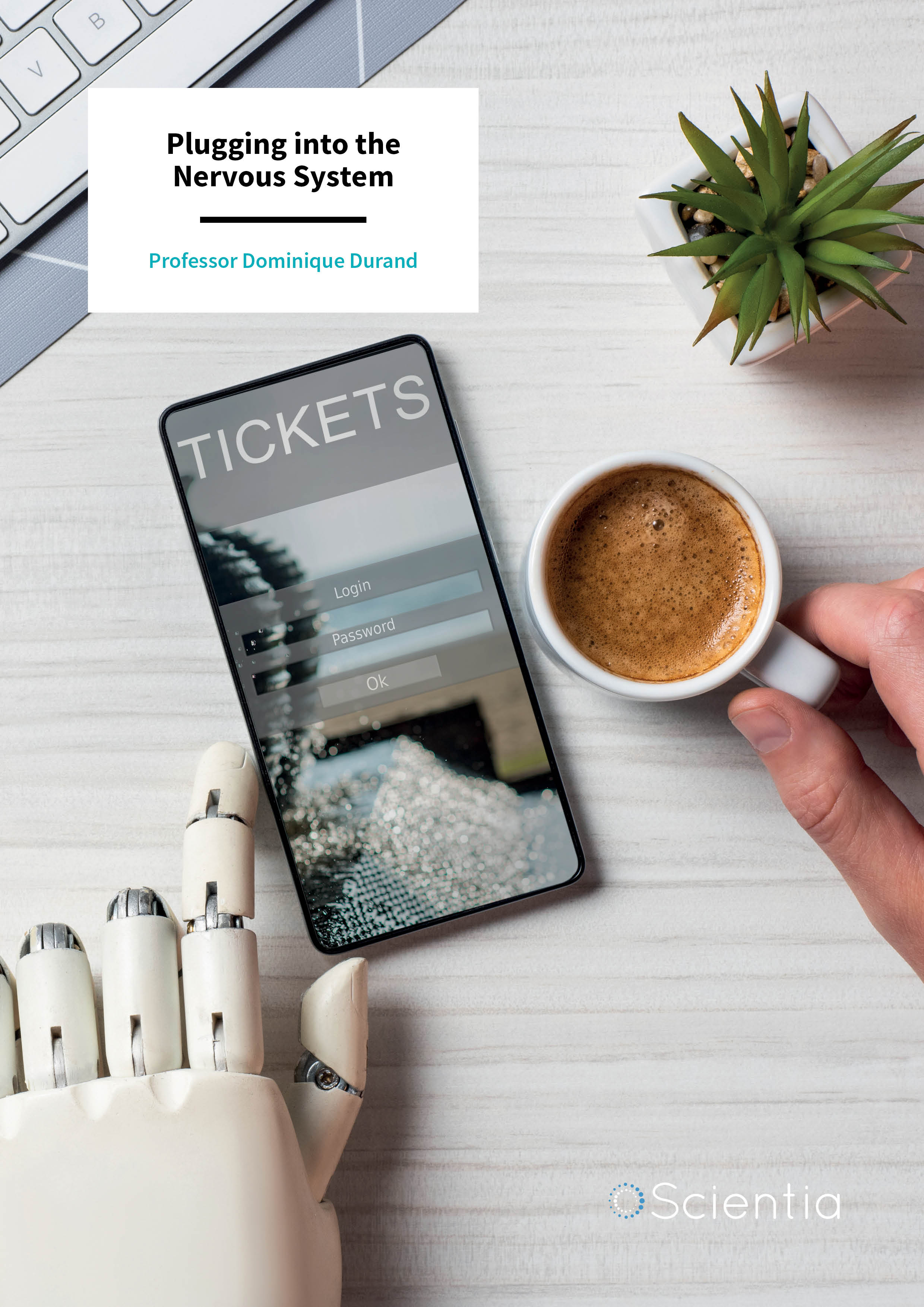
Professor Dominique Durand – Plugging into the Nervous System
New advances in neural engineering have led to devices that can be operated using the nerves of the user, but the effectiveness and safety of these devices over long periods of use is a key concern. Professor Dominique Durand, Director of the Neural Engineering Center at Case Western Reserve University, leads a team of scientists looking to improve neuroprosthetics through developing new methods of interfacing with the nervous system.
